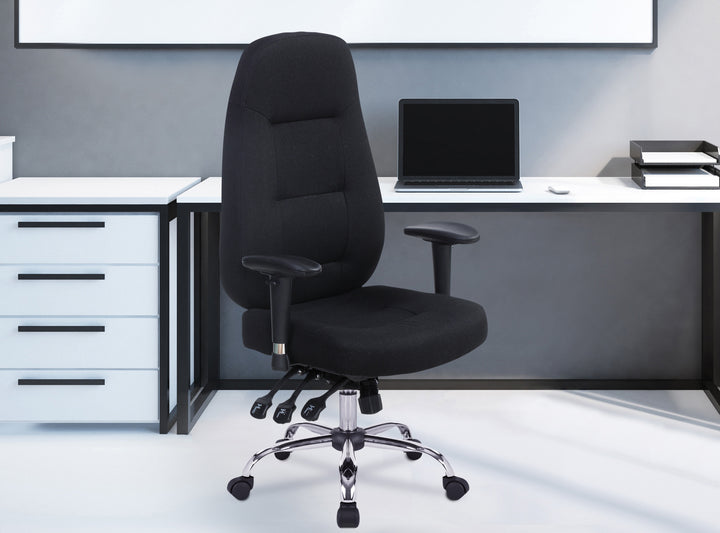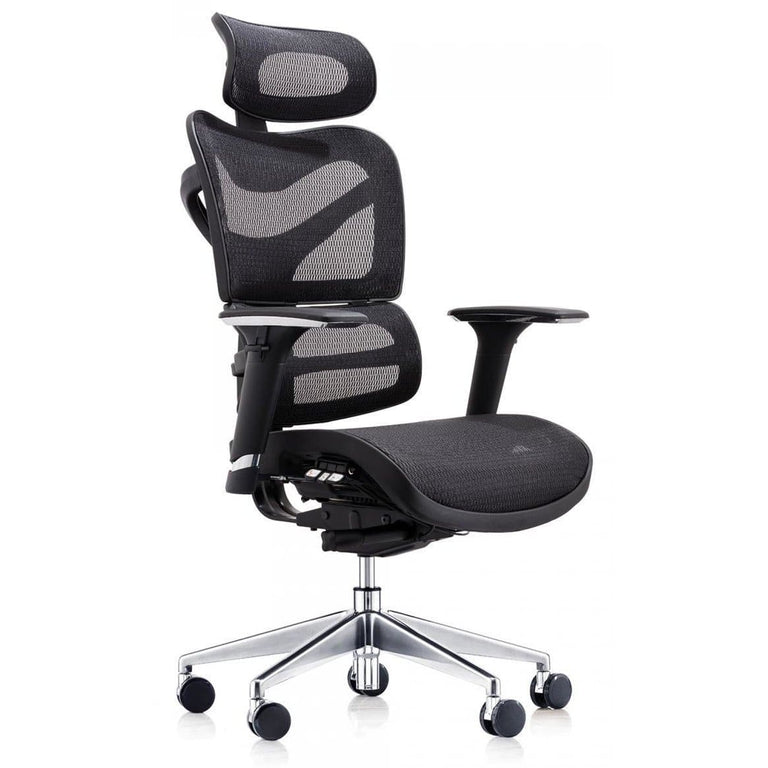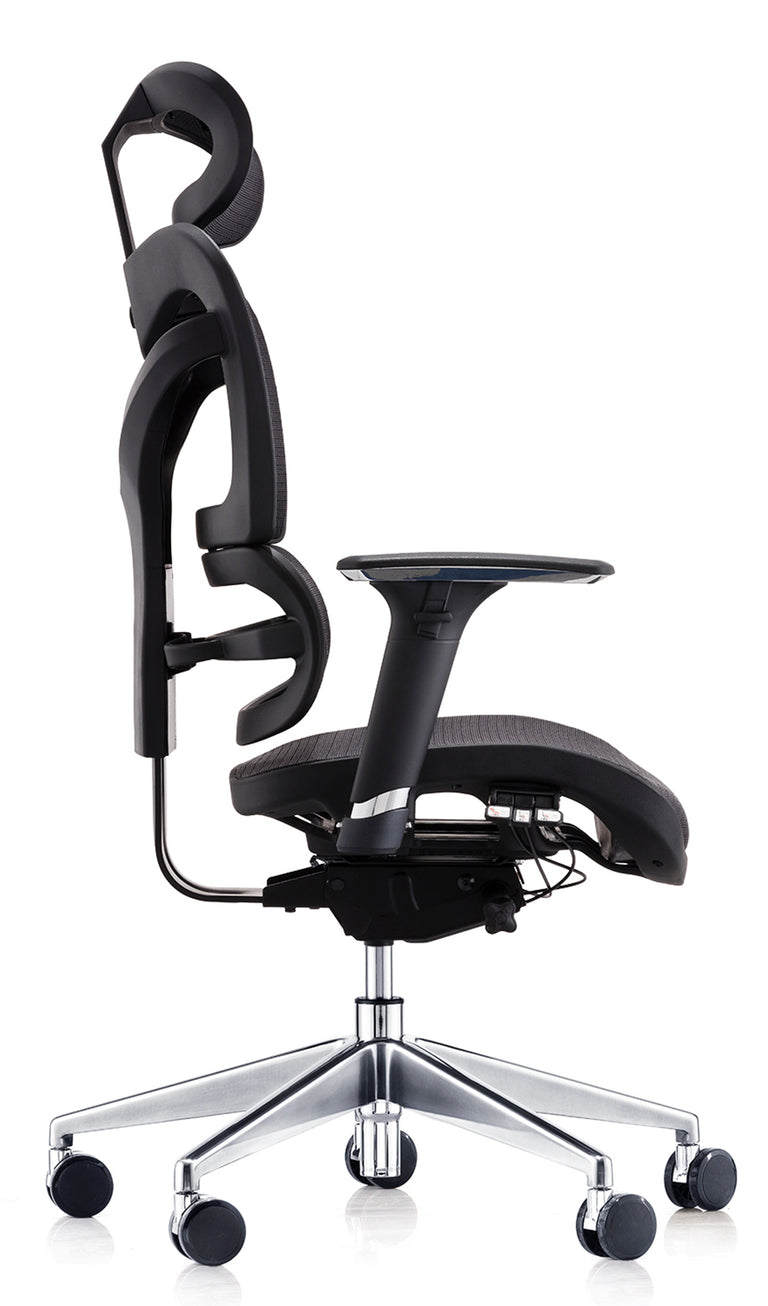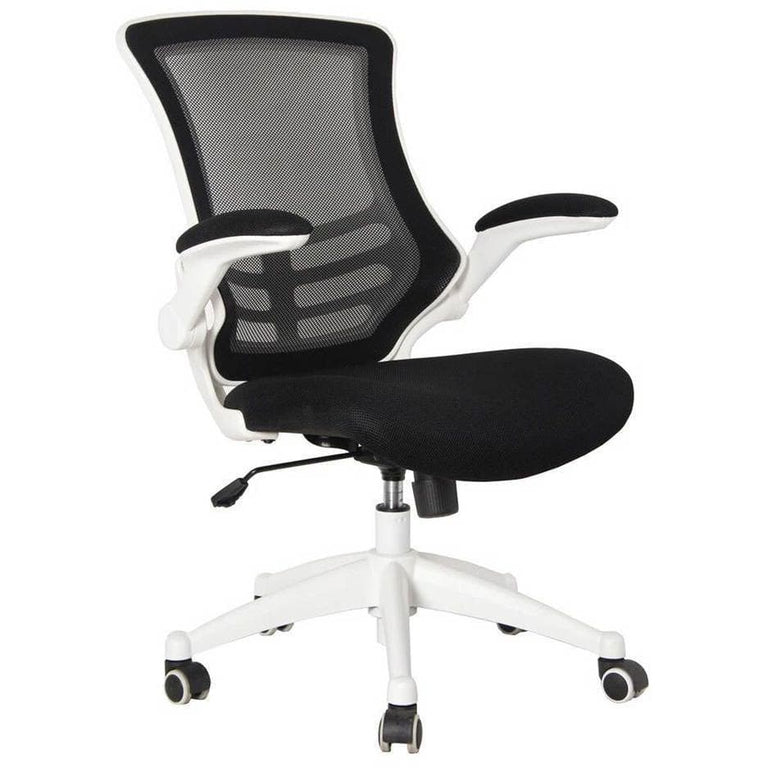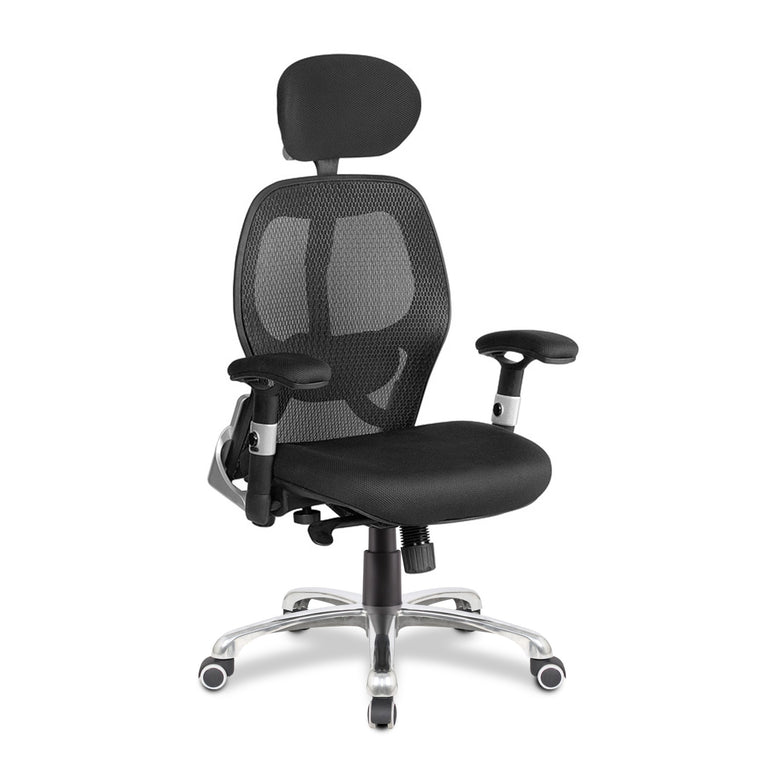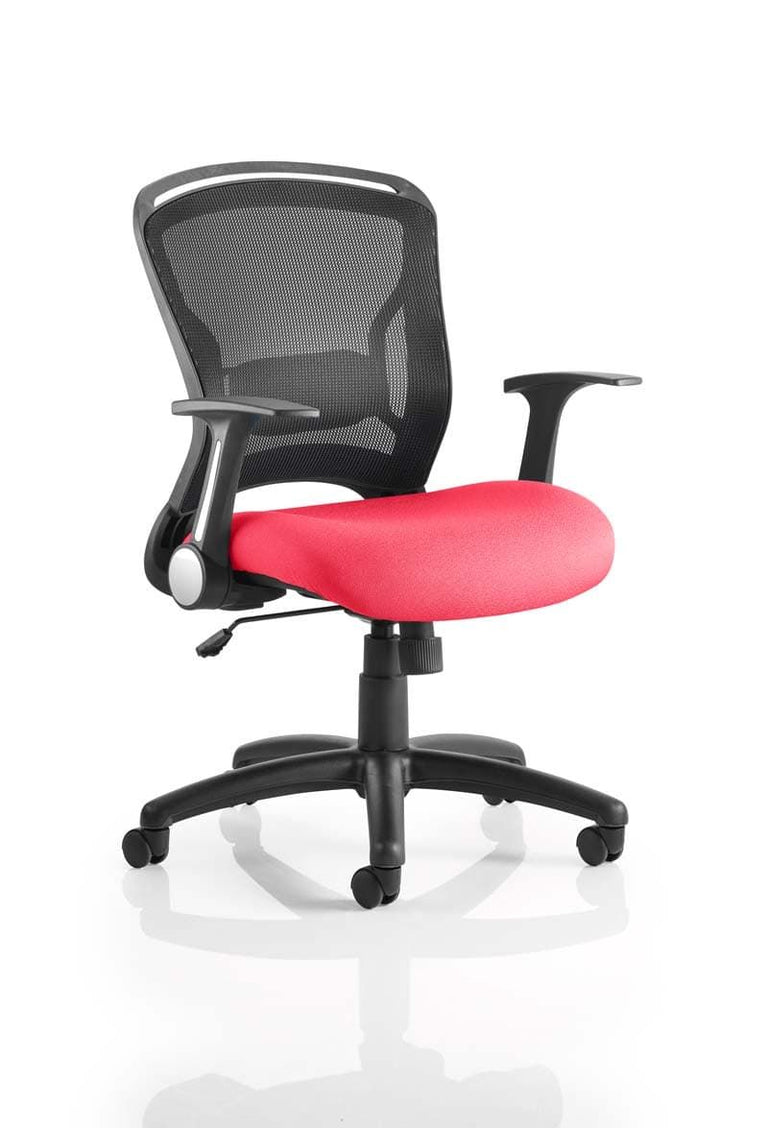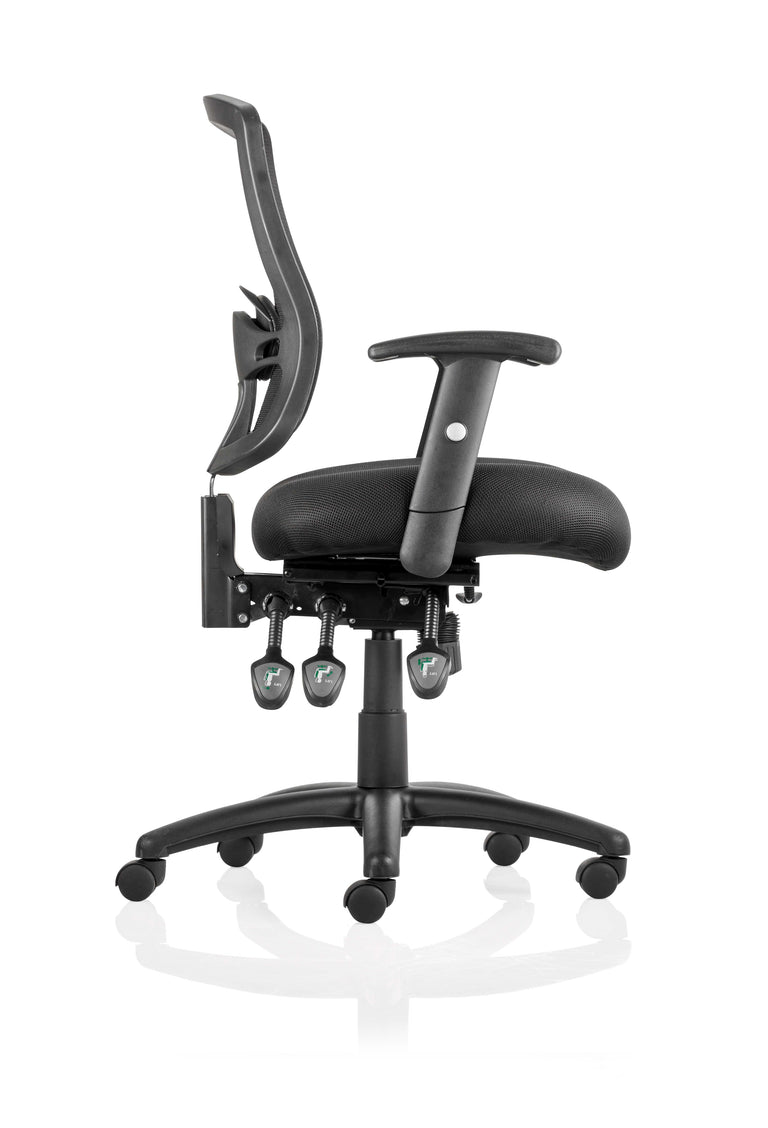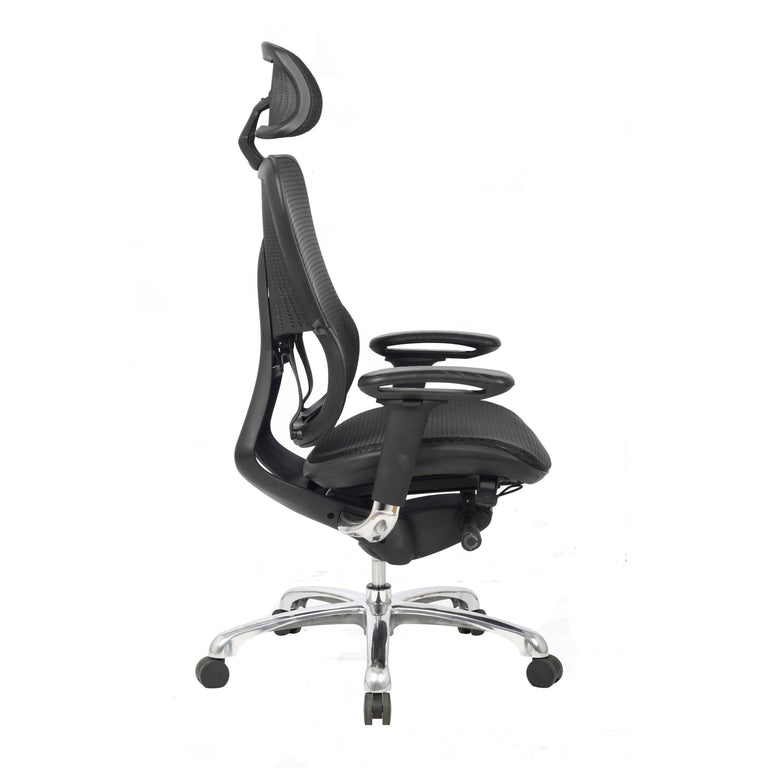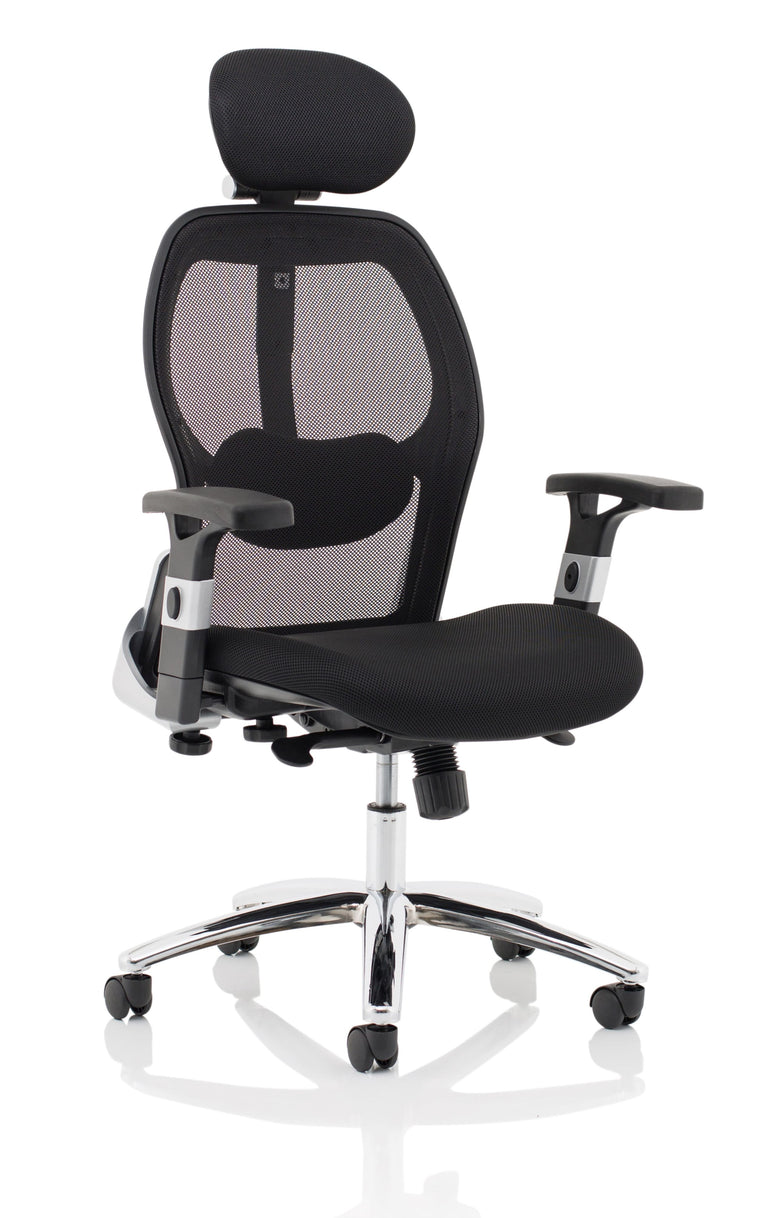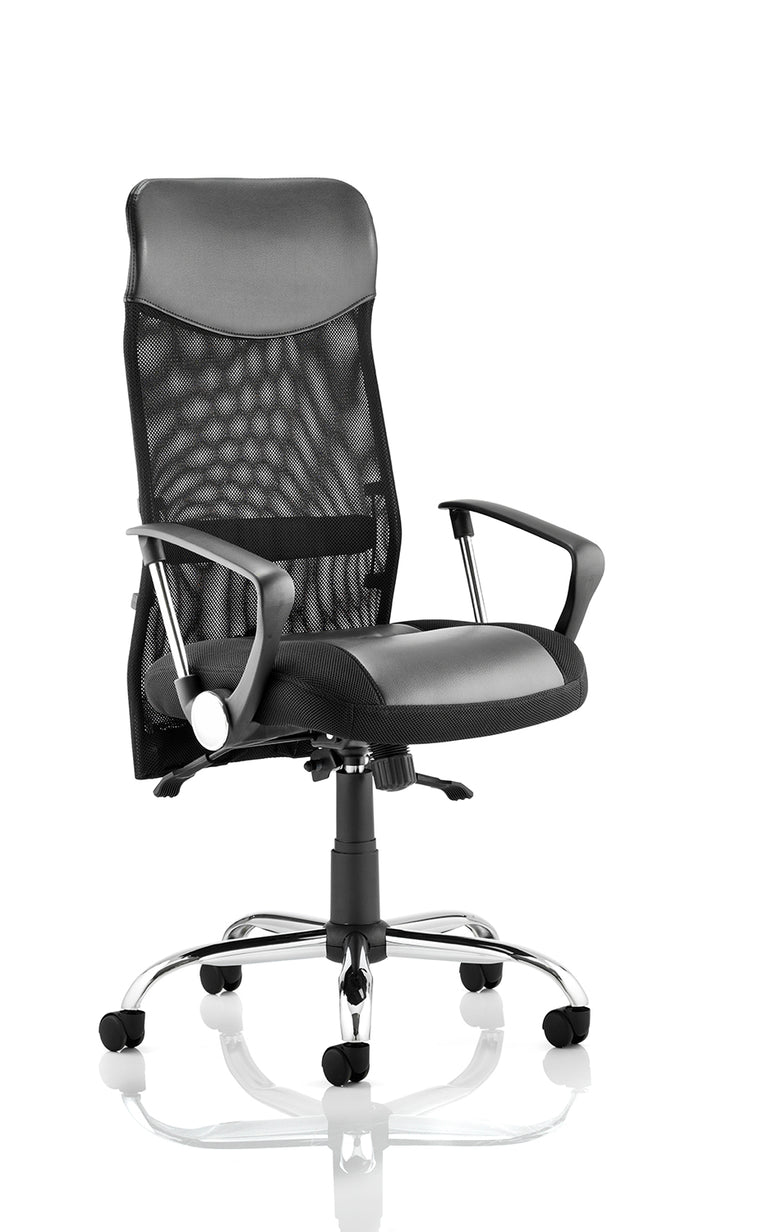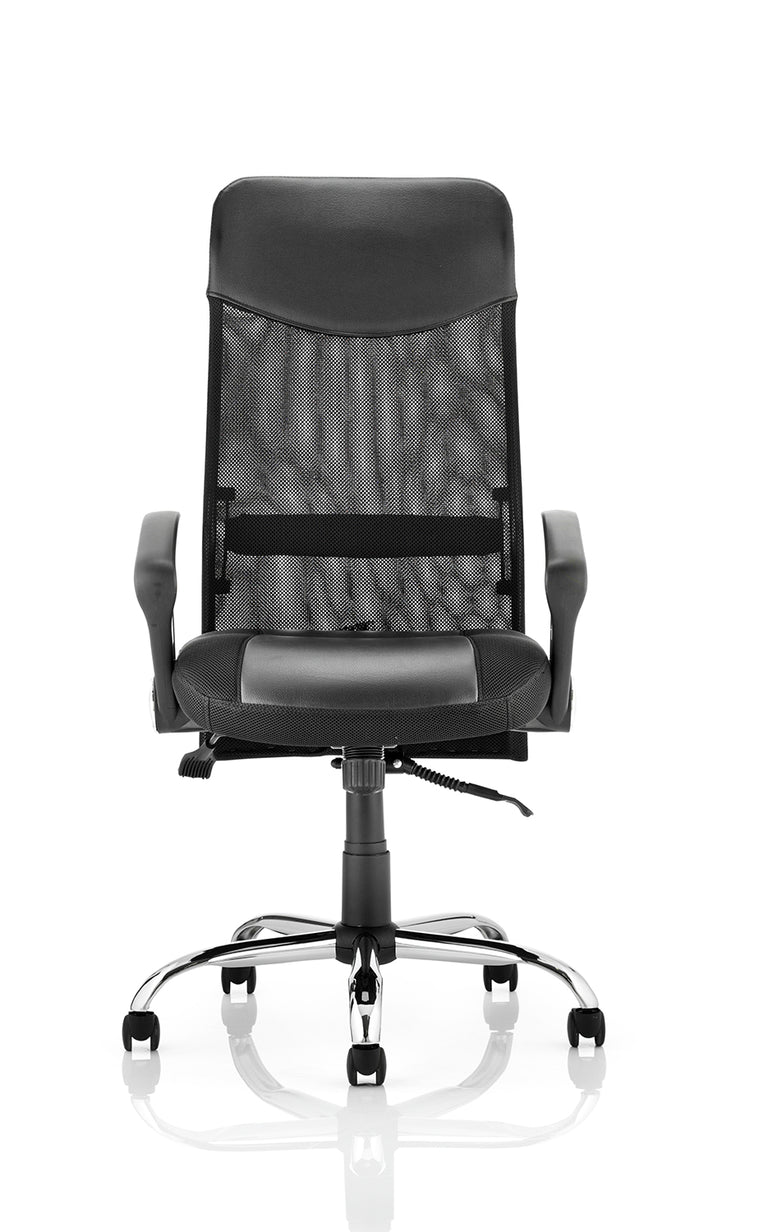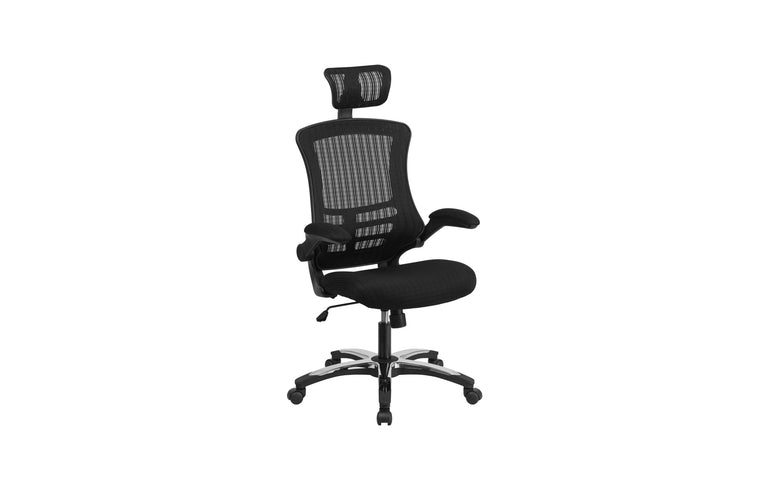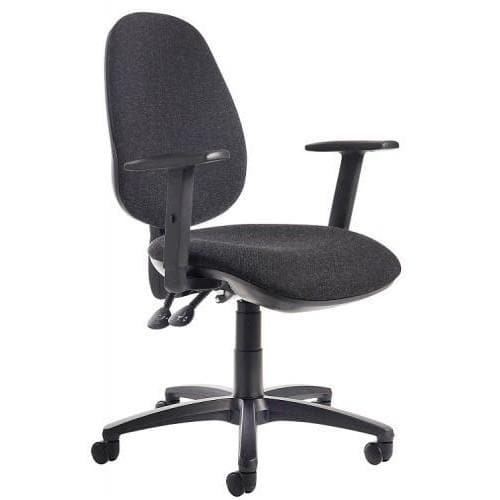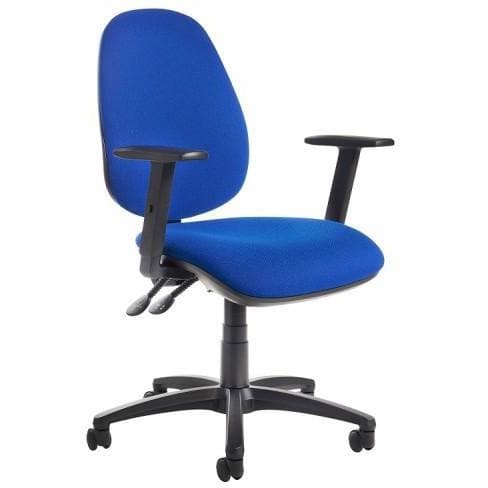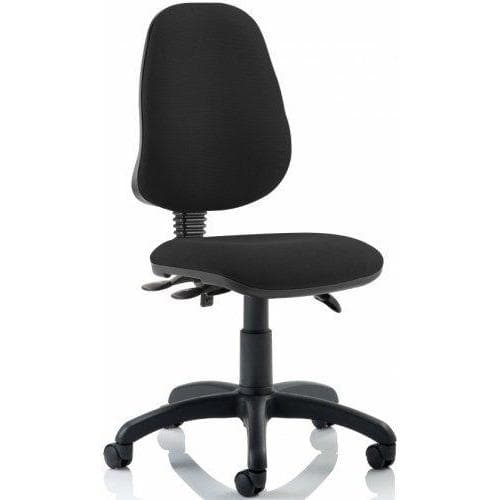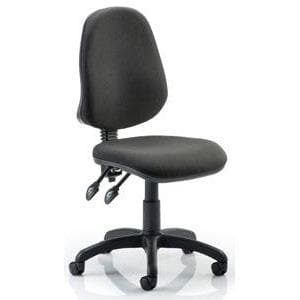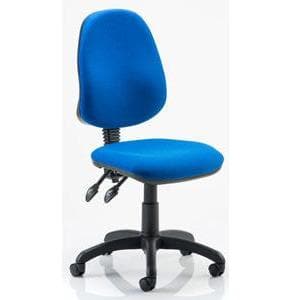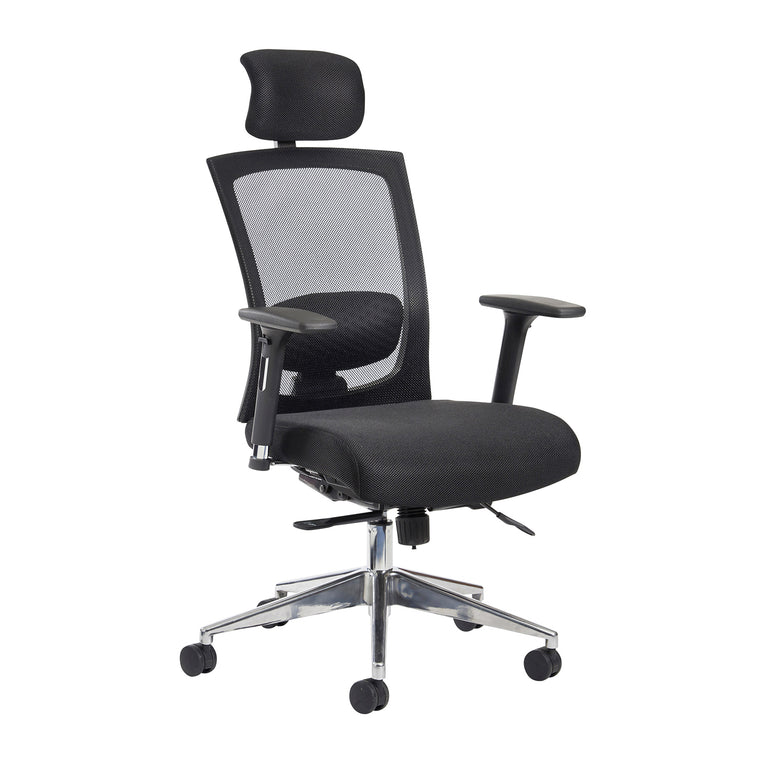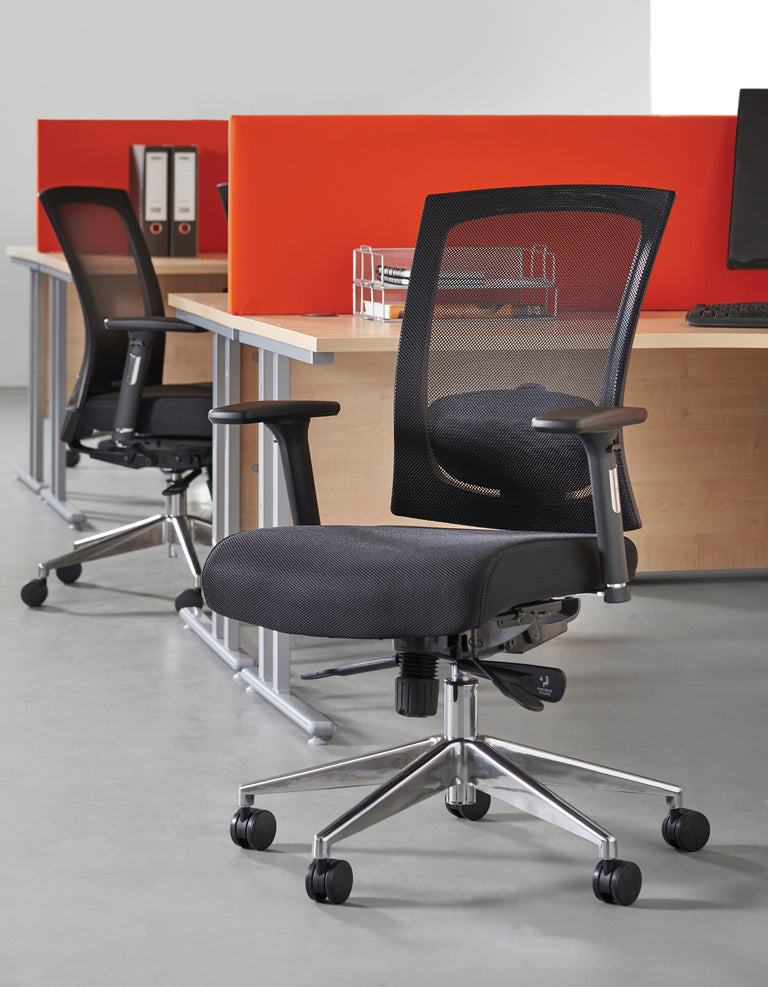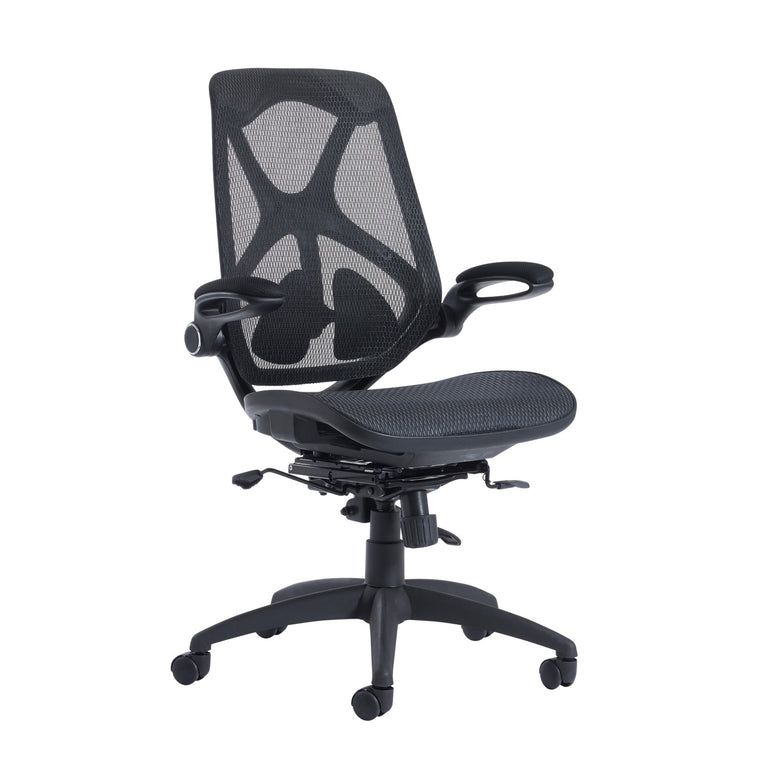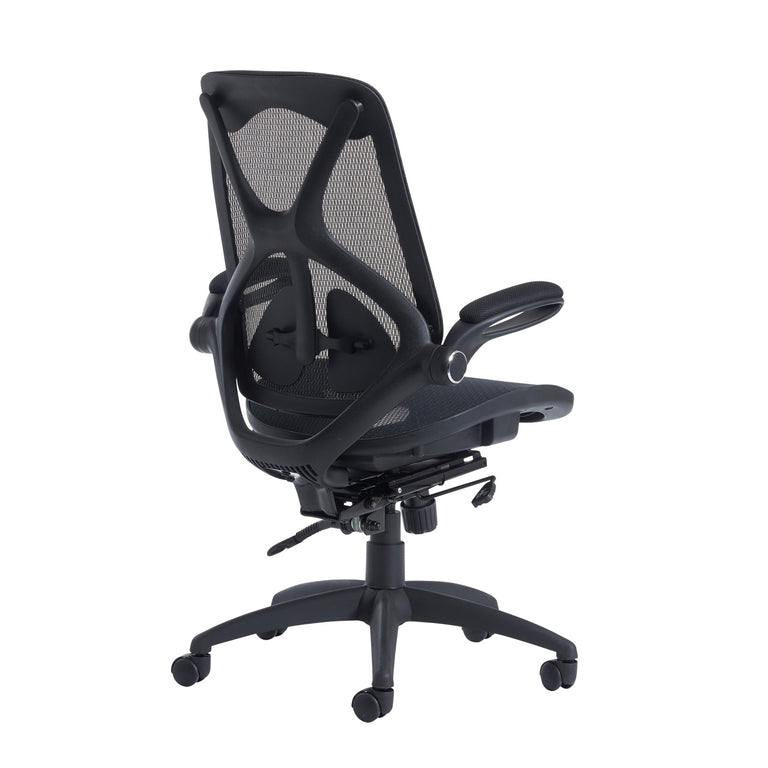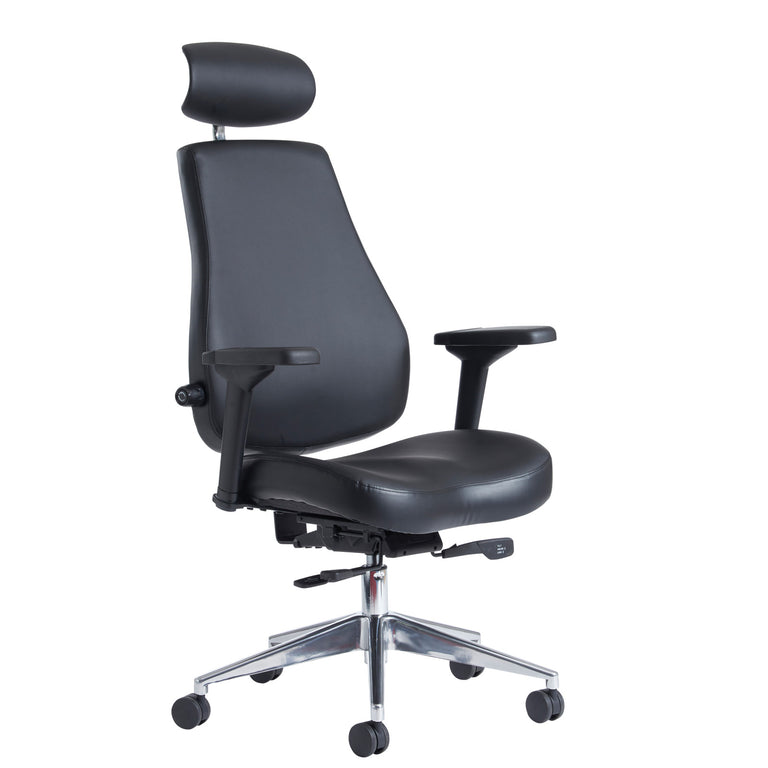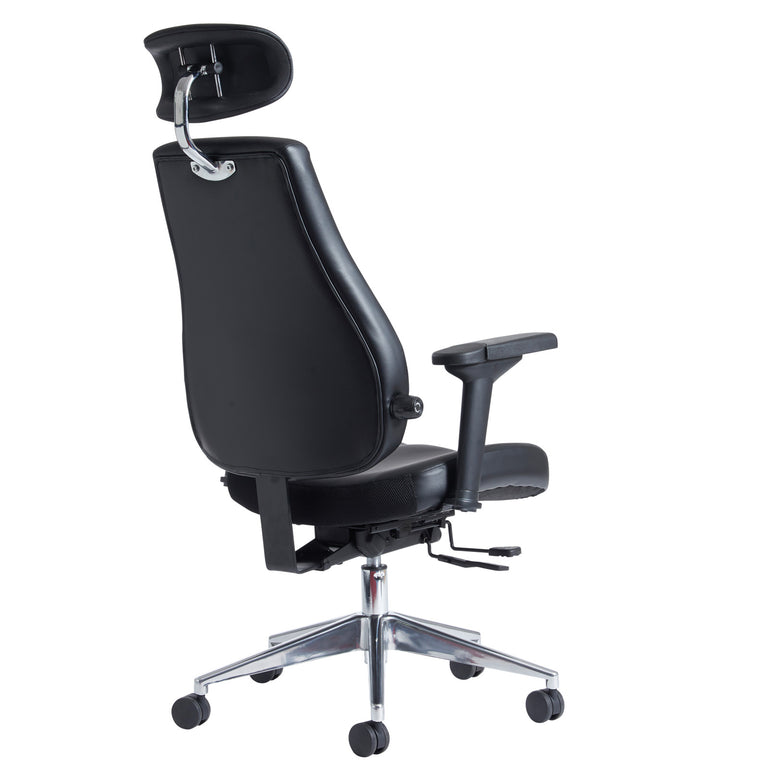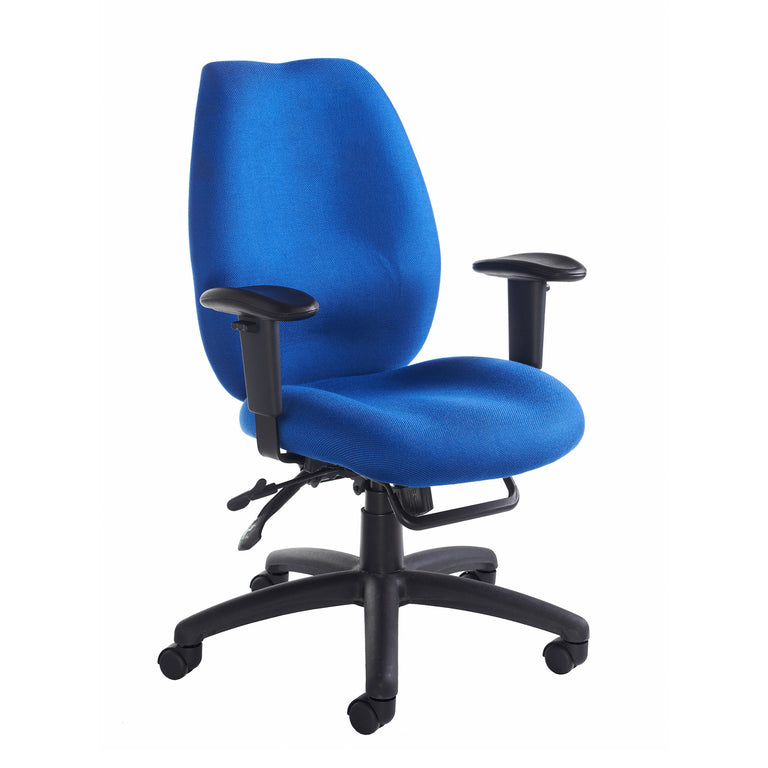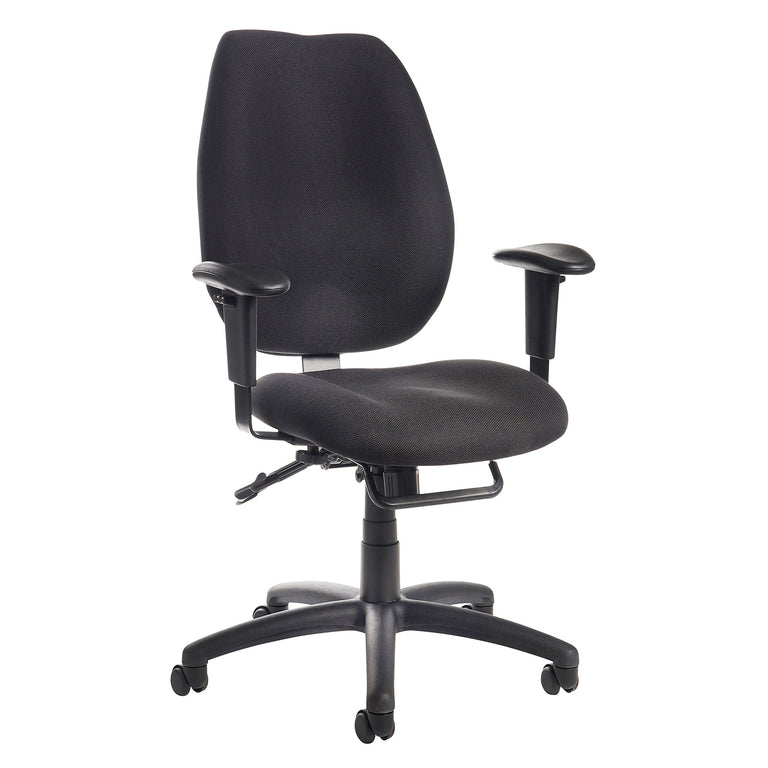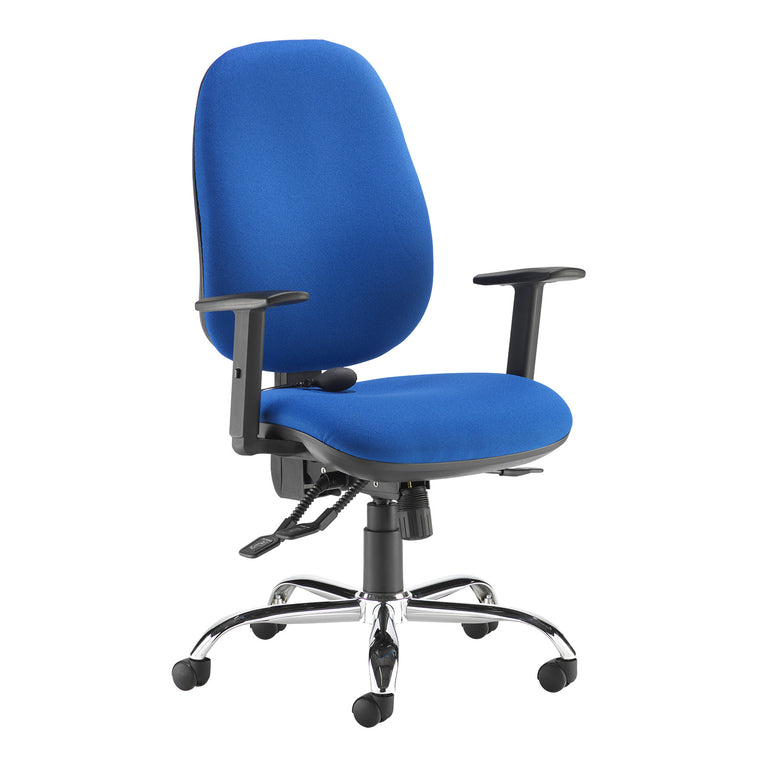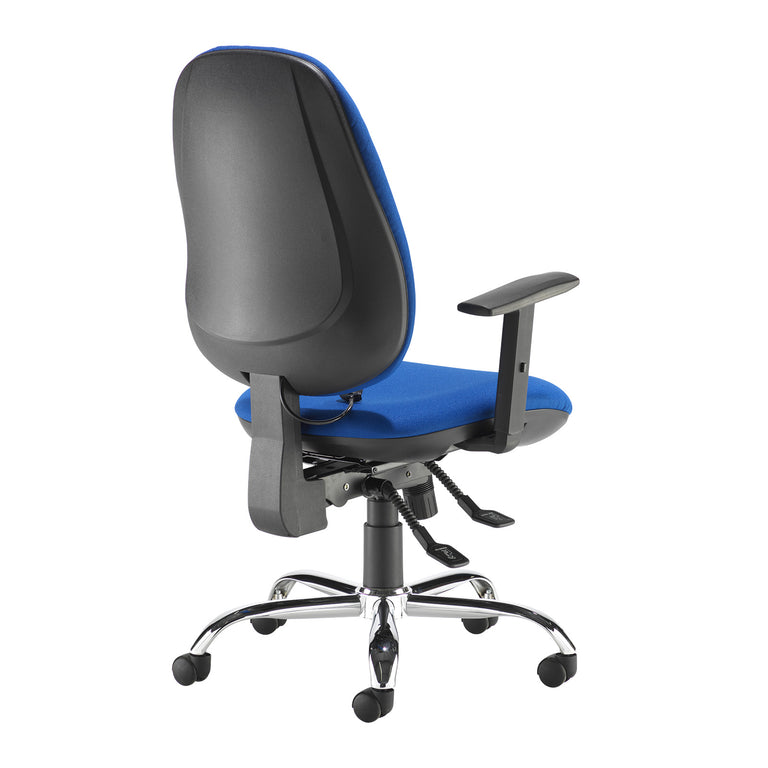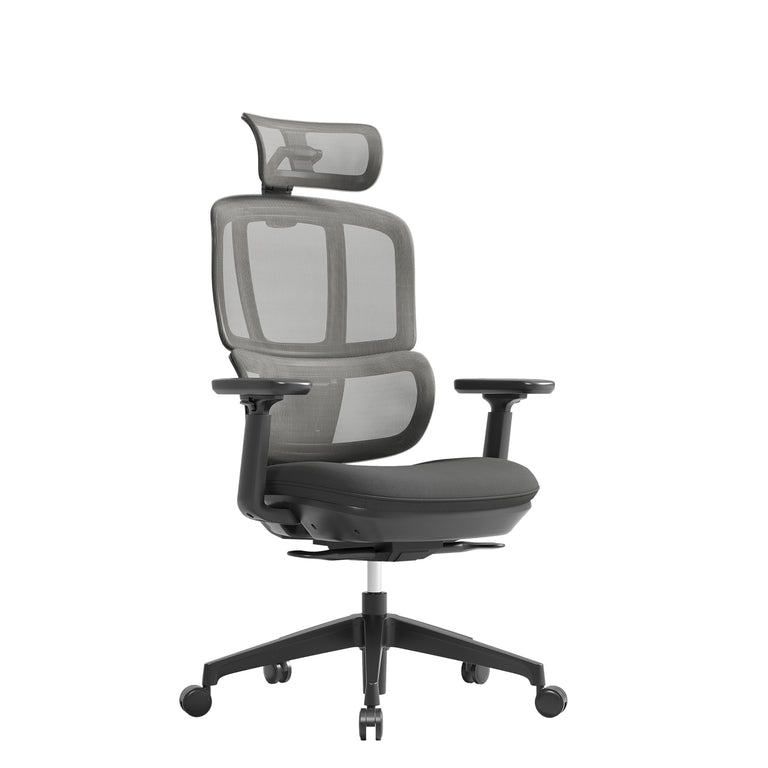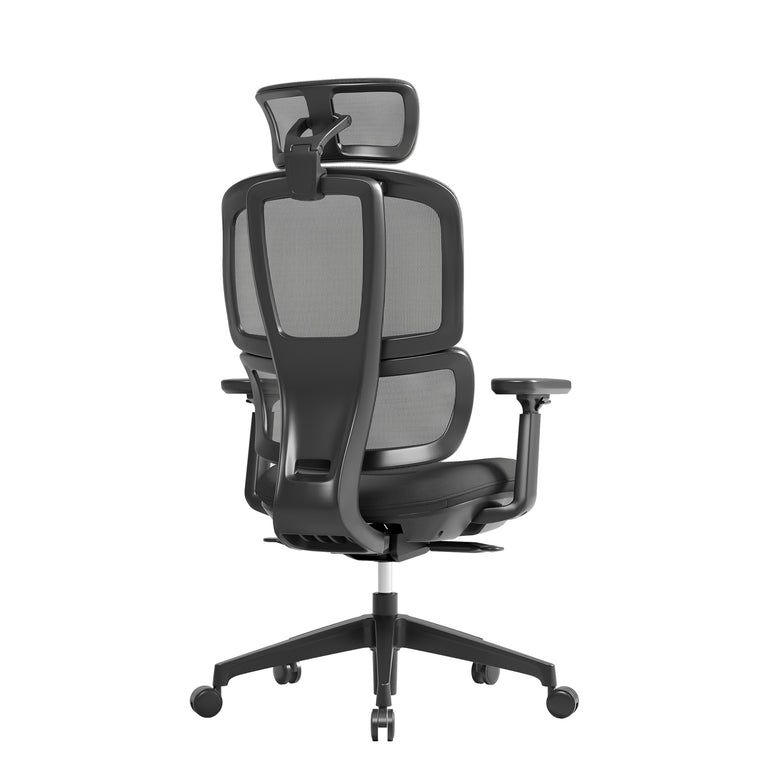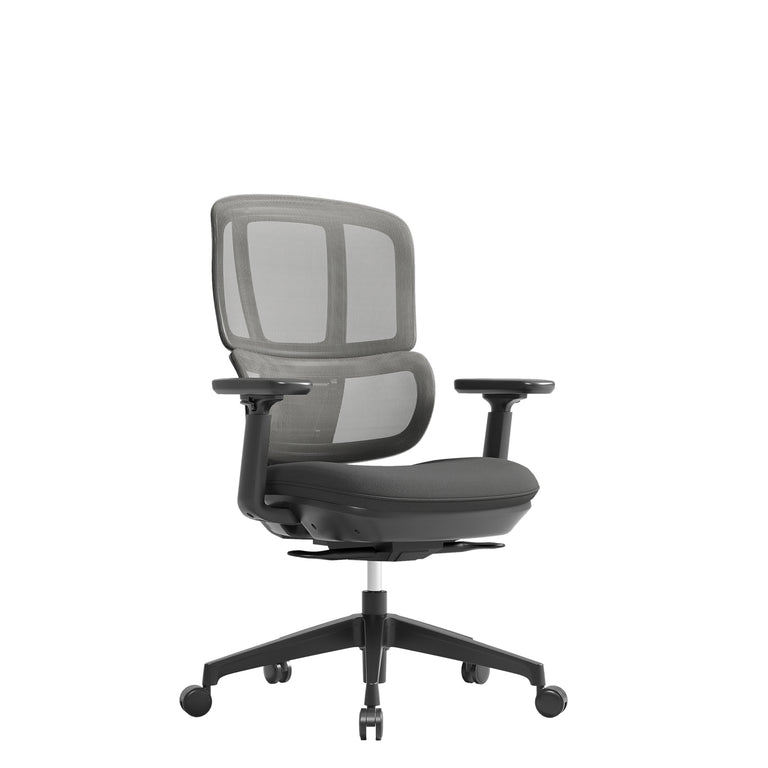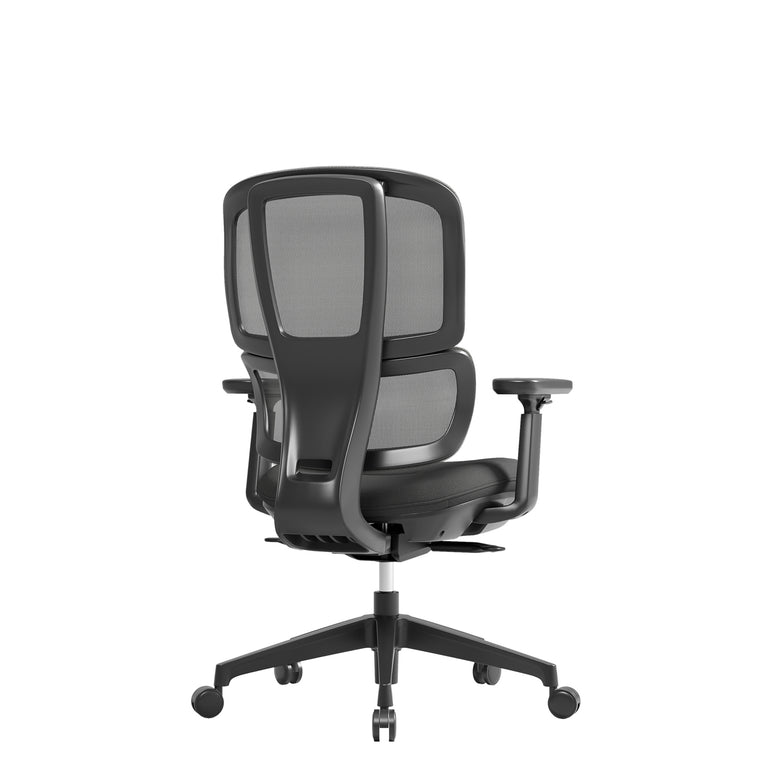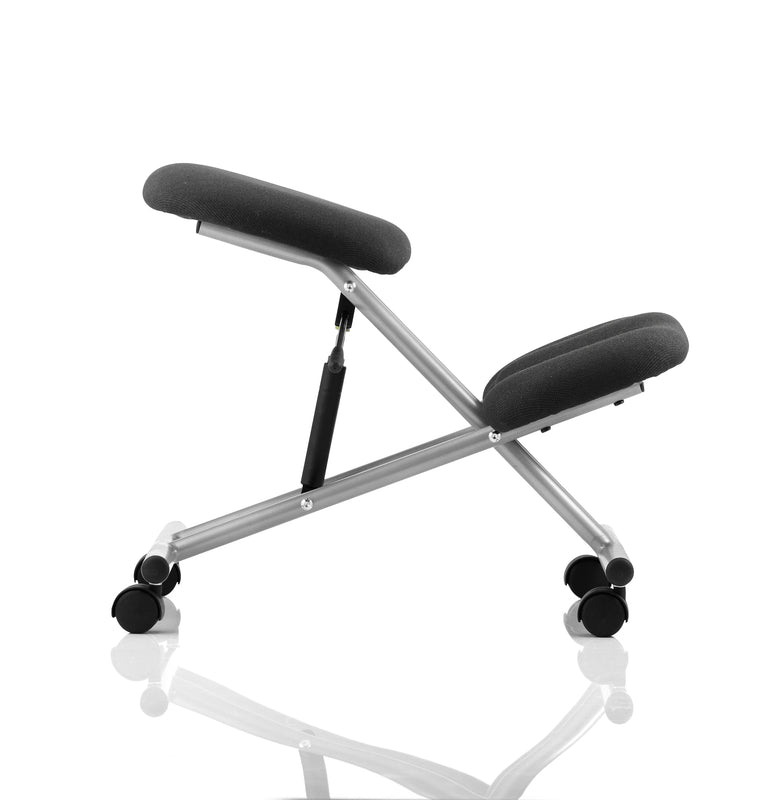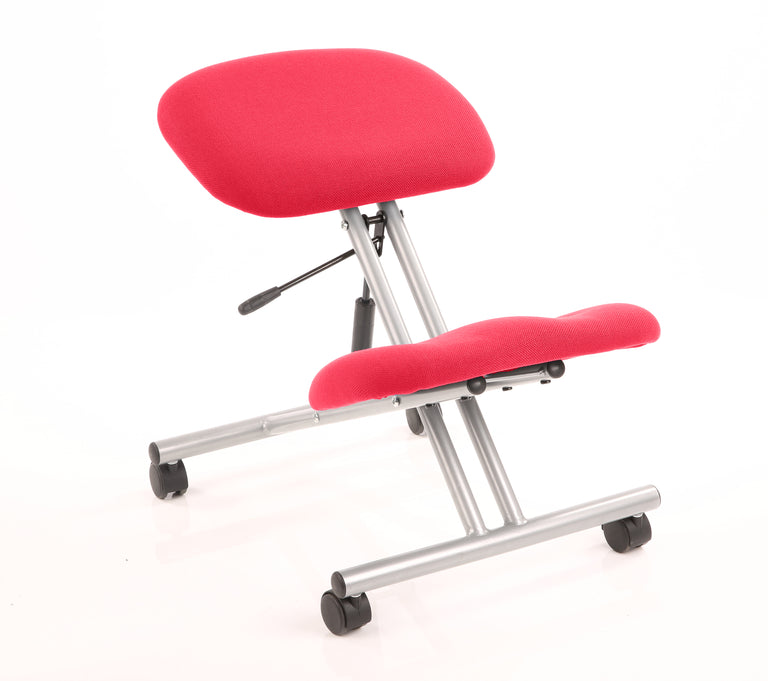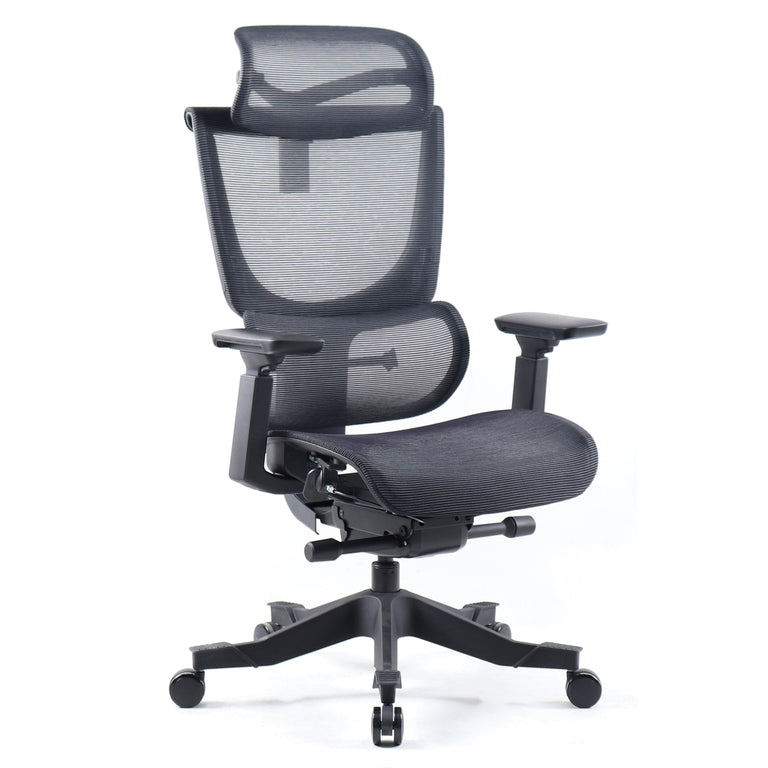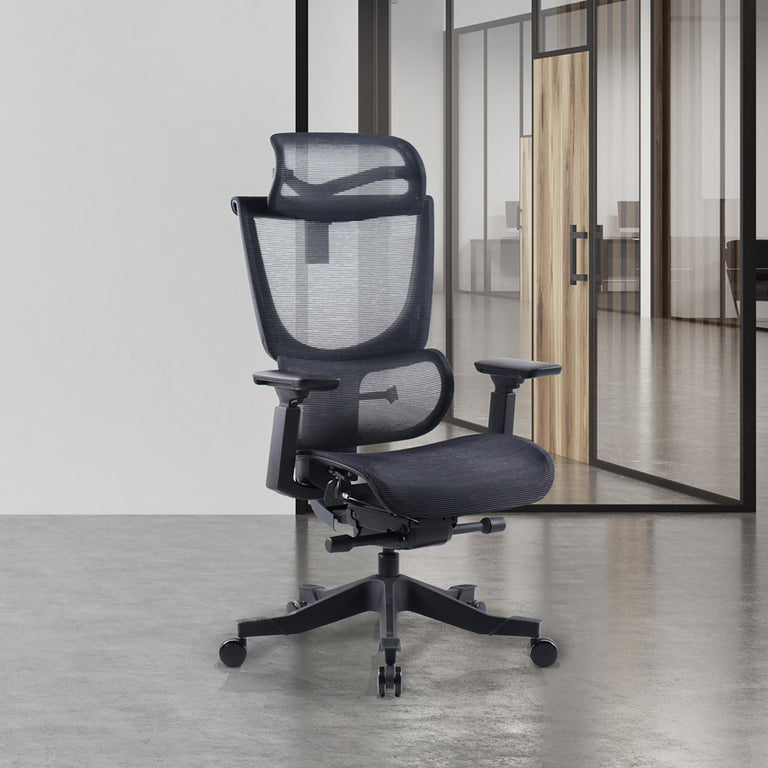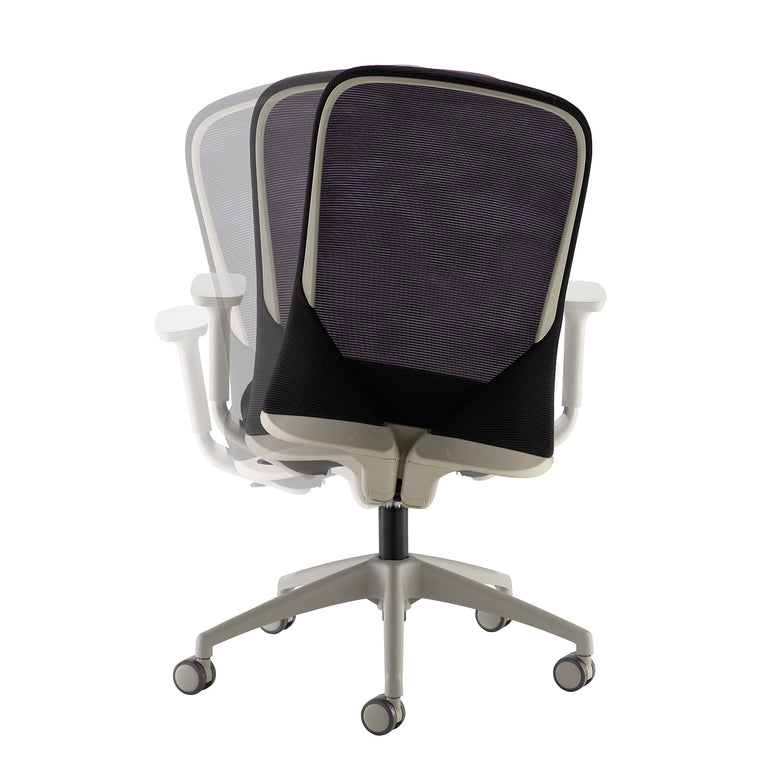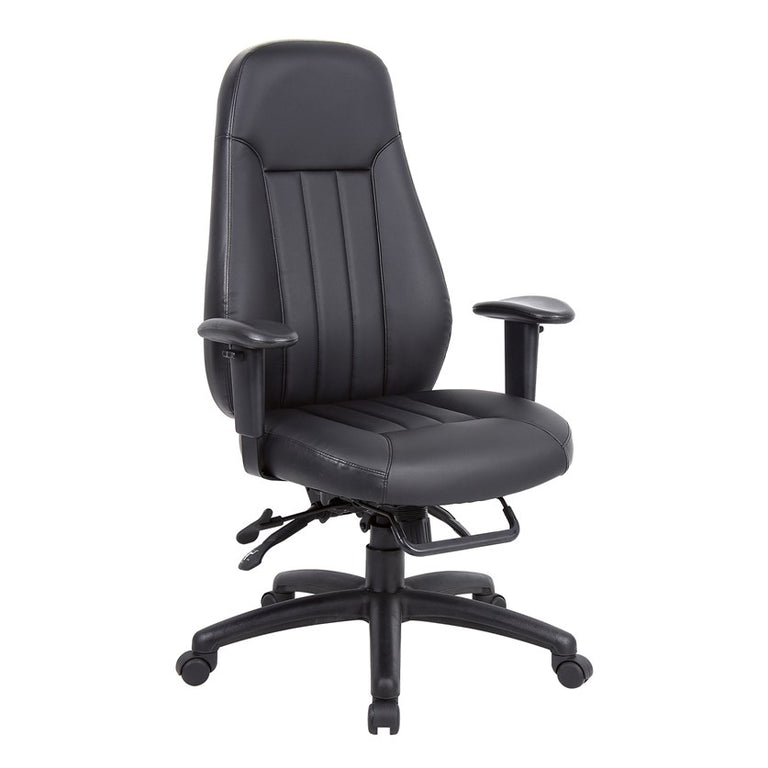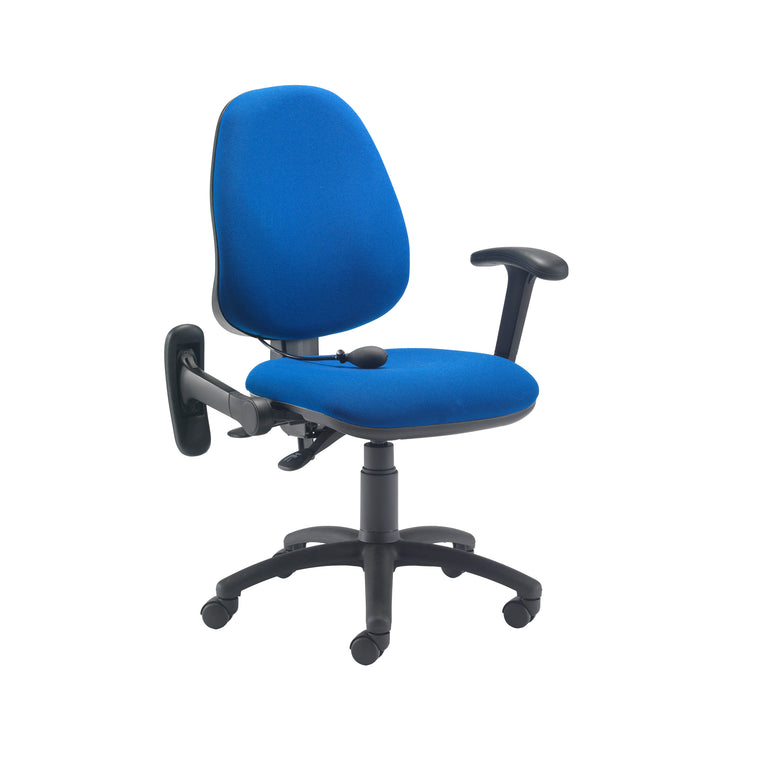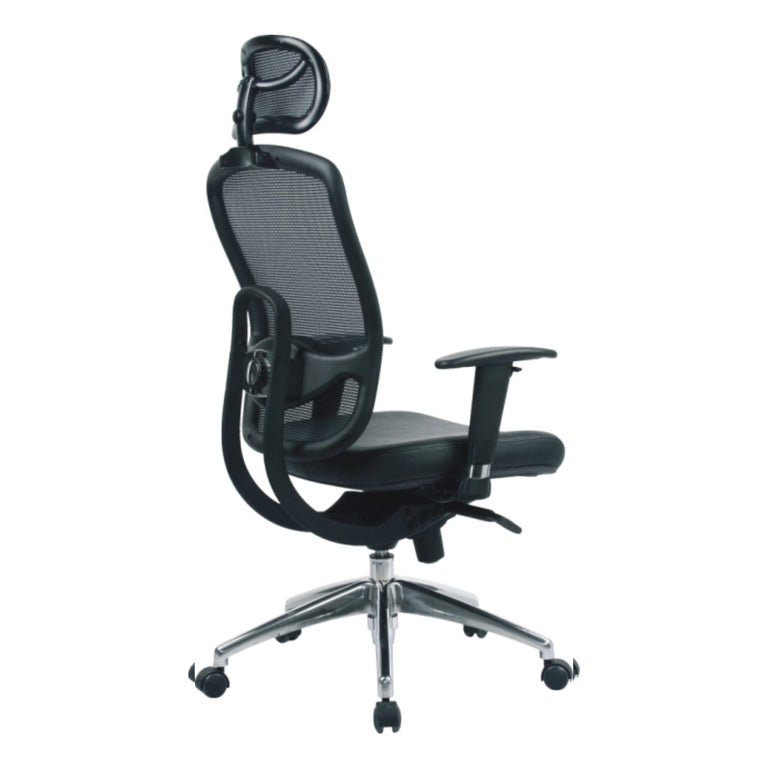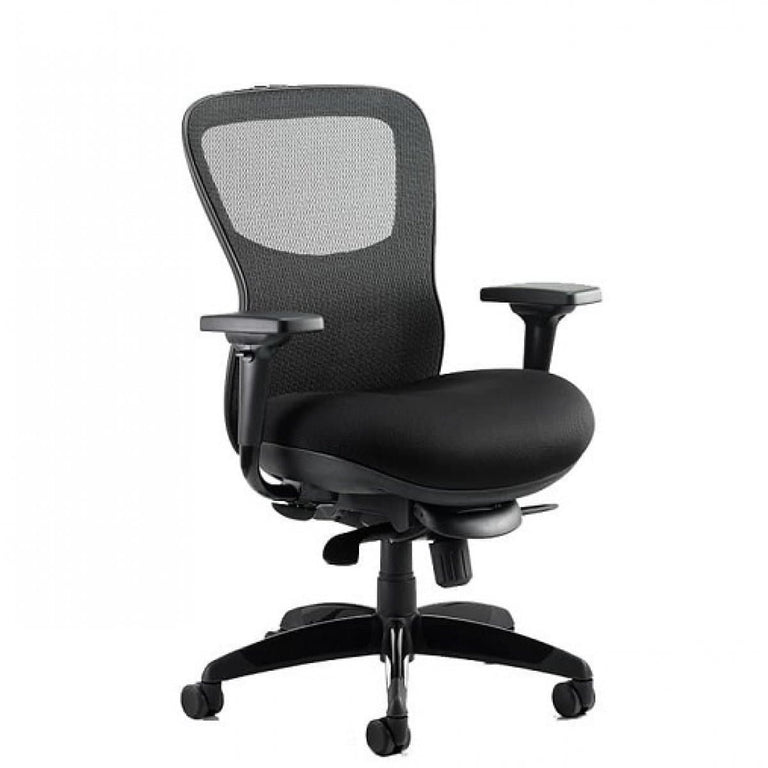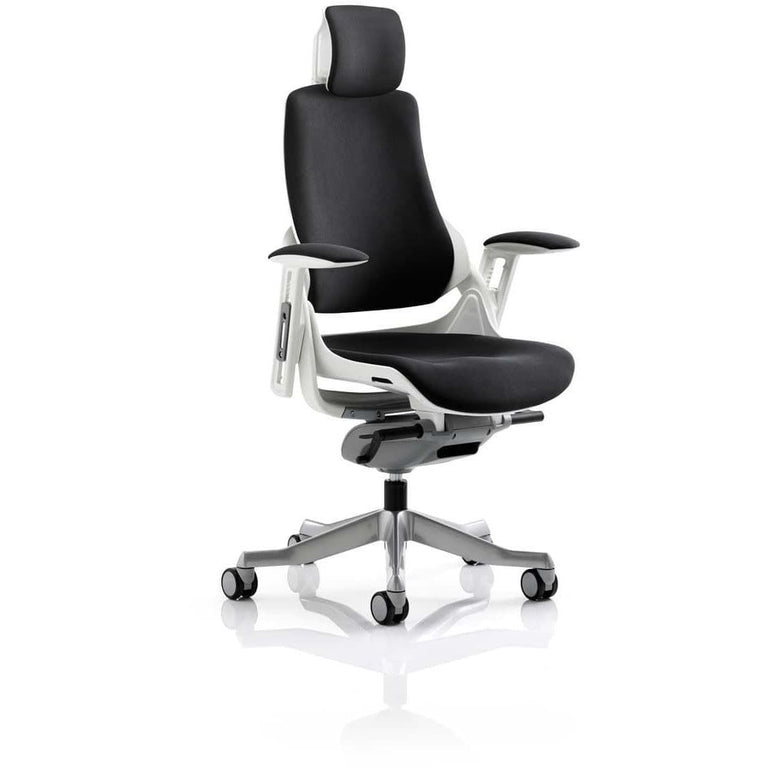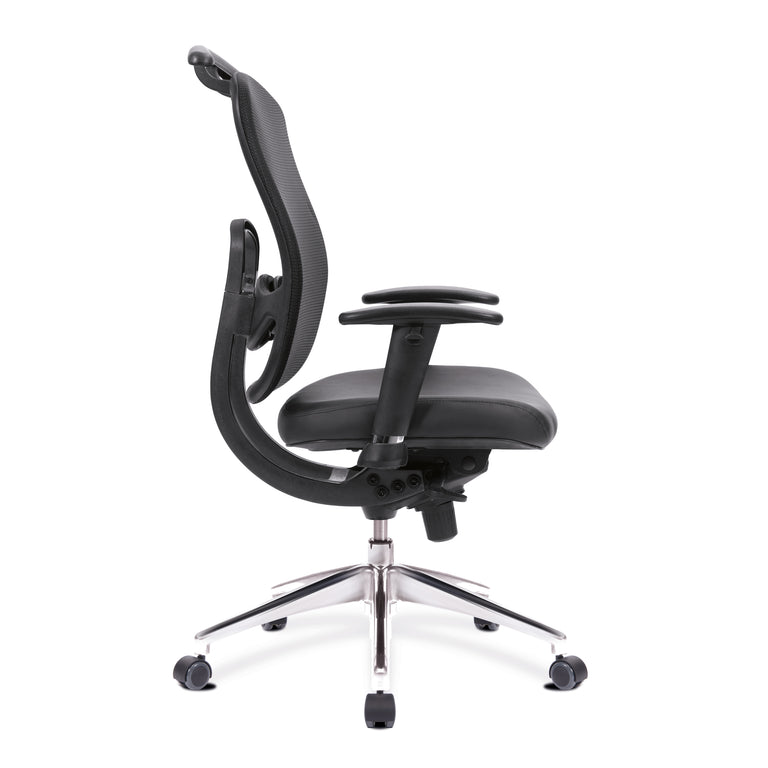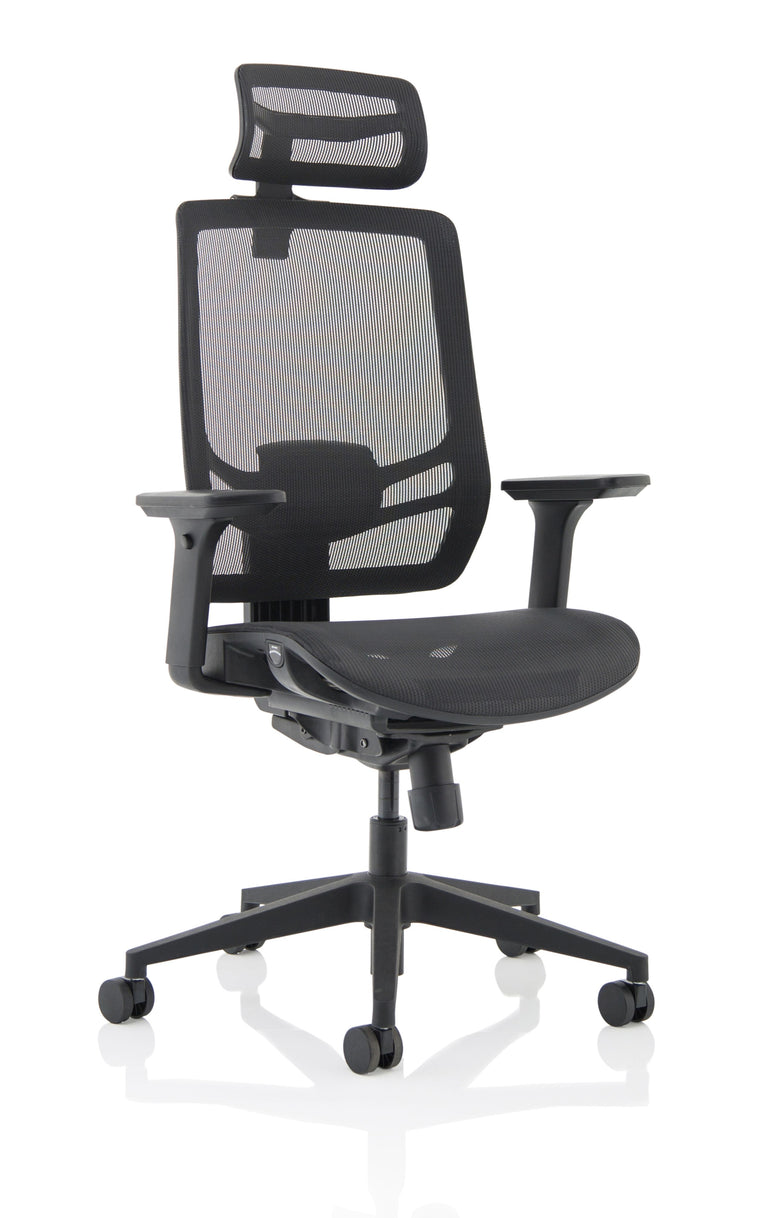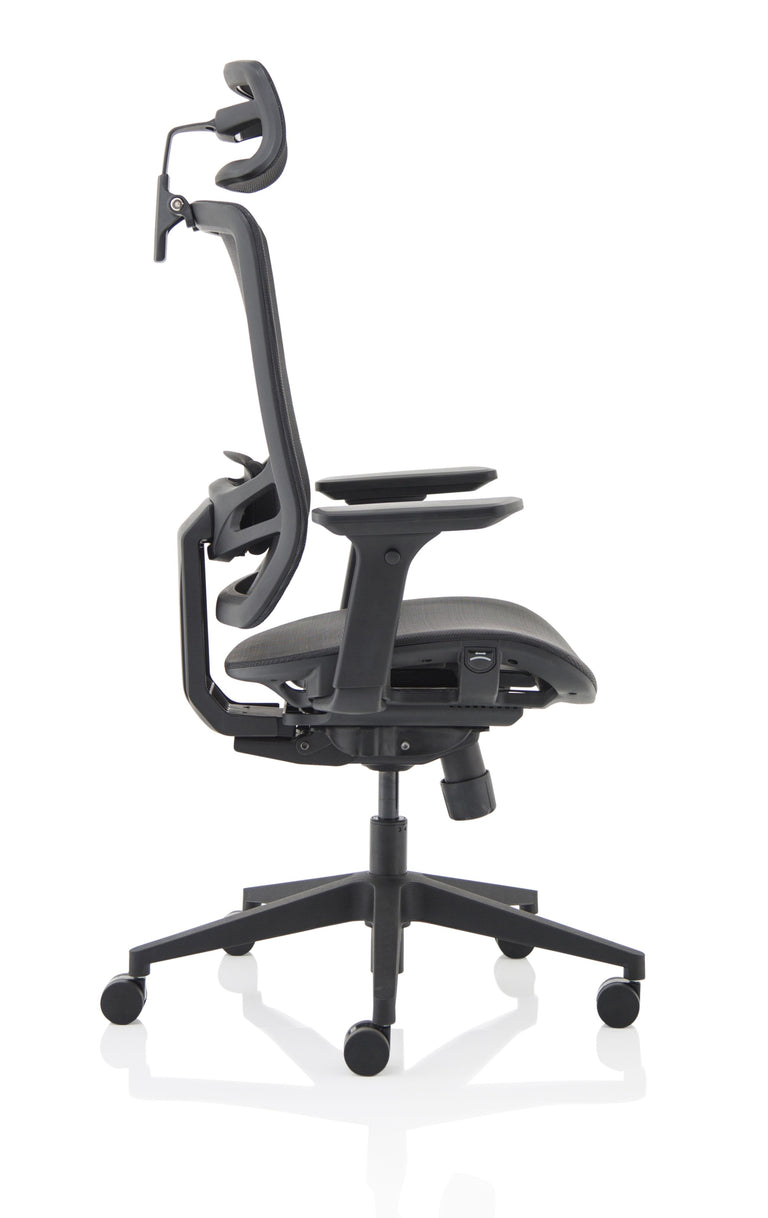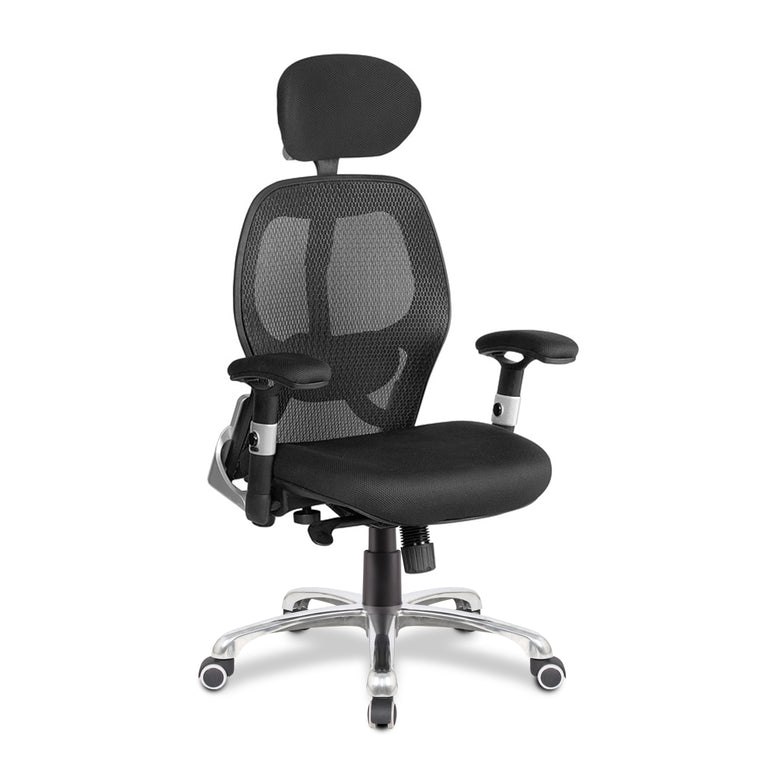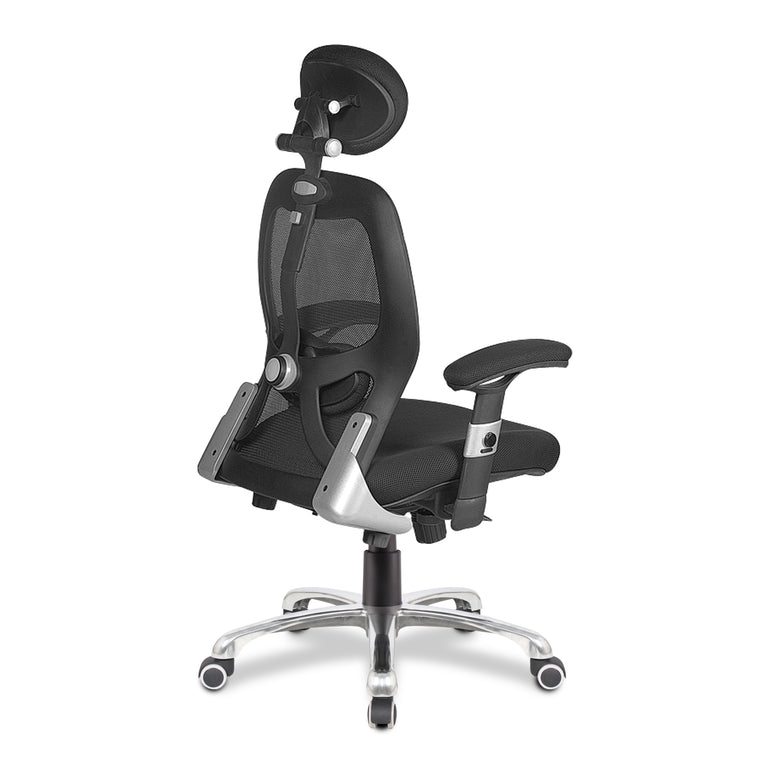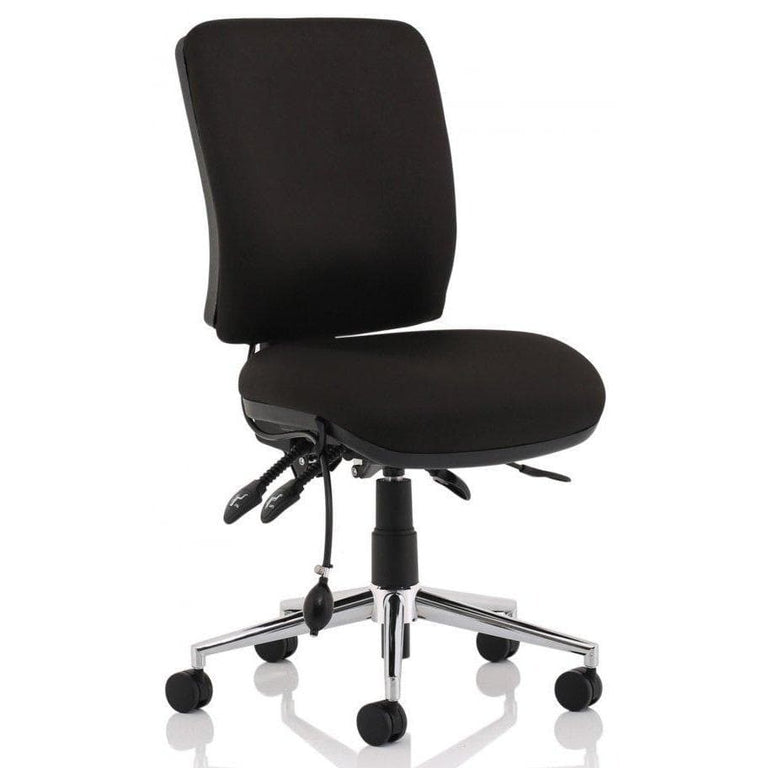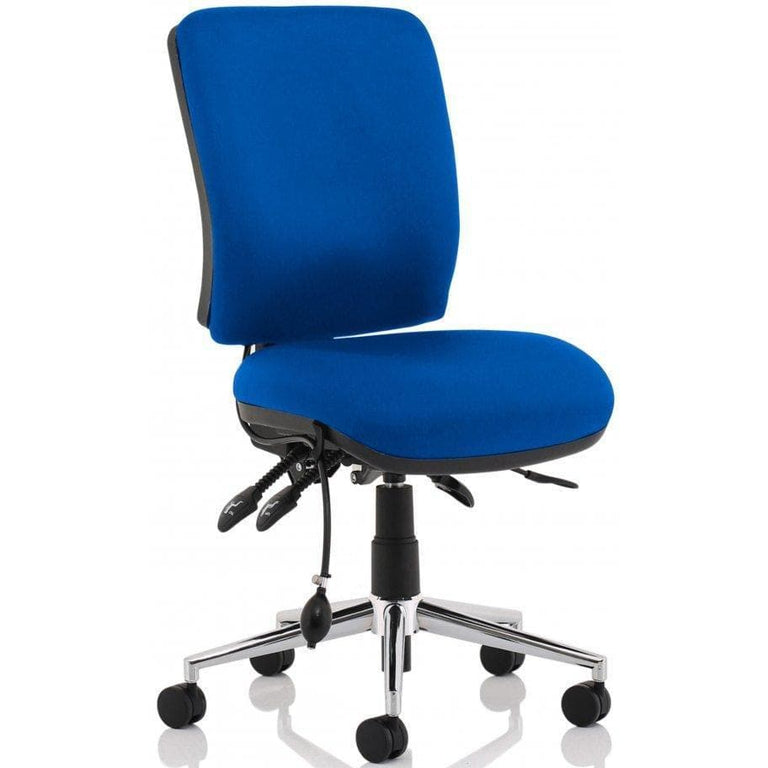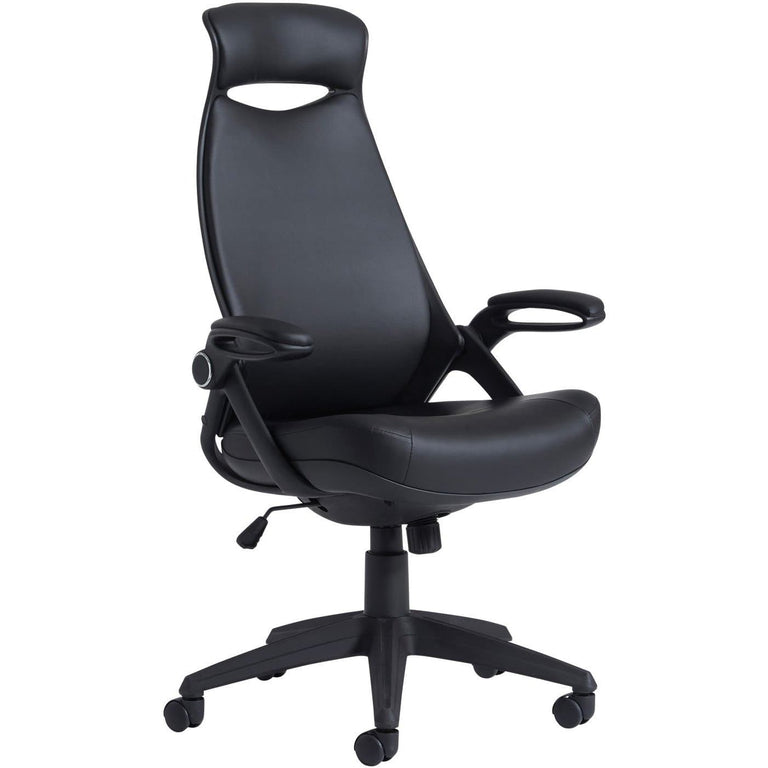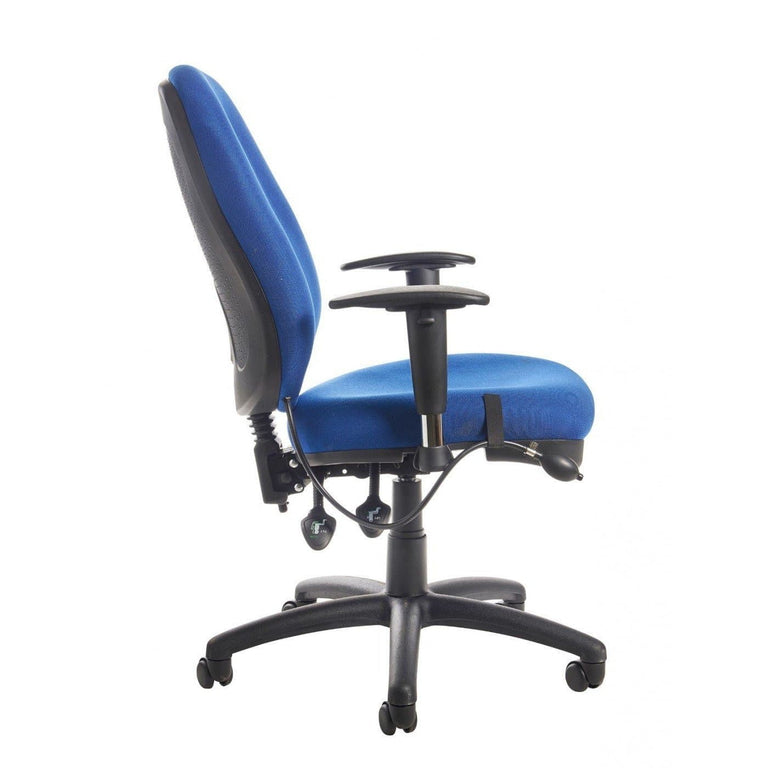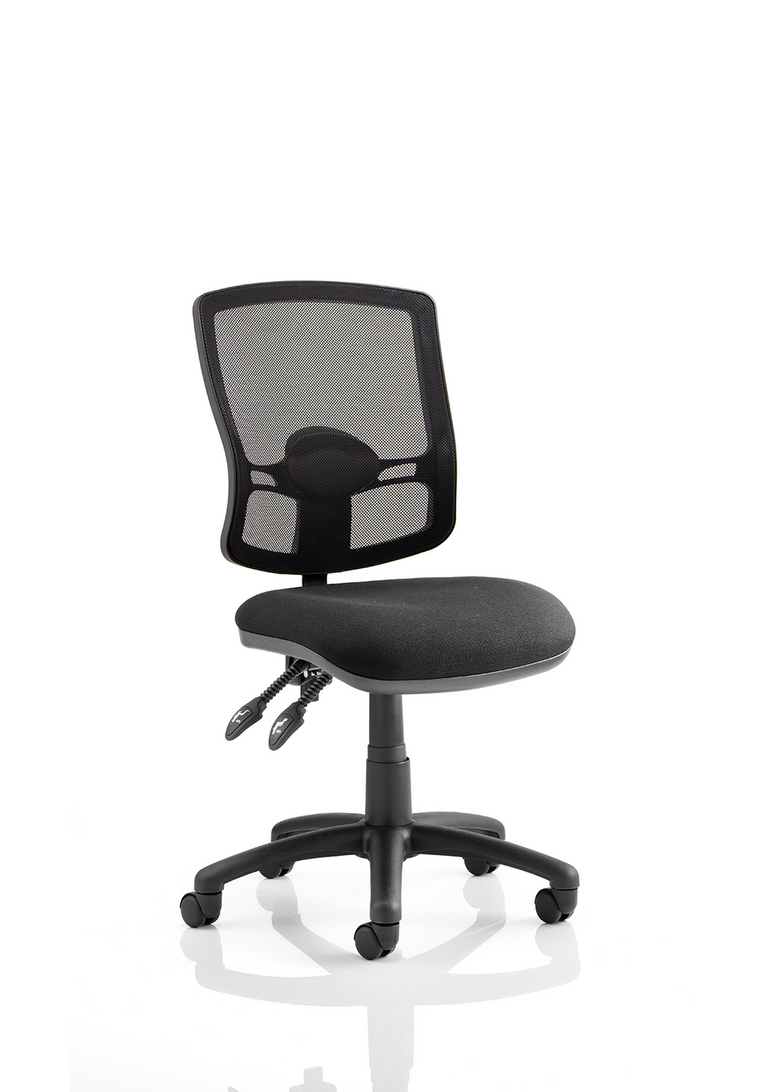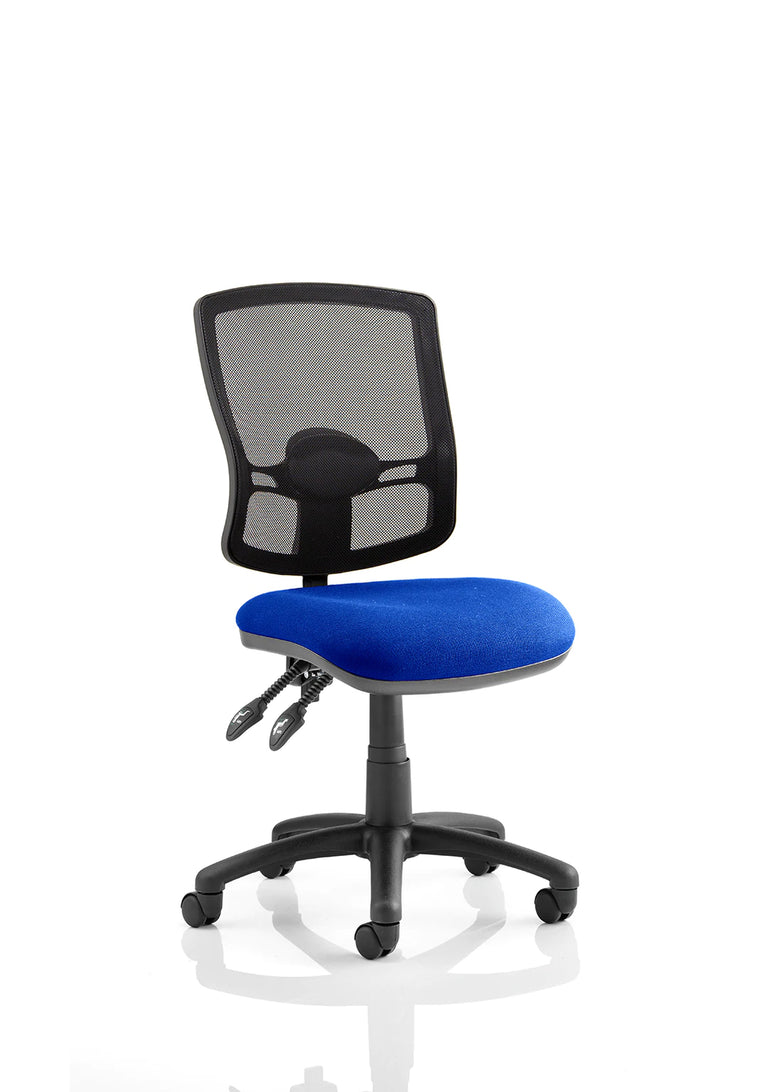In the modern workspace, our interaction with furniture goes beyond mere functionality. Each piece, especially our chairs, plays a pivotal role in our overall health, comfort, and efficiency. Enter ergonomics—the science of designing and arranging things people use so that they can interact most efficiently and safely. Ergonomics takes into account the human body's strengths, limitations, and needs, making it especially crucial when it comes to task chairs—the very seats many of us spend hours in, day in and day out. This post will delve into the correlation between ergonomics and task chairs, unveiling the profound impact the right chair can have on our physical well-being and work performance. Whether you're a freelancer working from home, an office employee, or an employer aiming to create a conducive workspace, understanding the bond between ergonomics and task chairs could be a game-changer for you.
The Importance of Ergonomic Task Chairs
For the average office worker, a significant portion of the day is spent seated, making the task chair more than just a piece of office furniture—it becomes an integral part of one's daily life and health. With so much time invested in a sitting position, it's crucial to ensure that our chairs aren't harming us. Here's why ergonomic task chairs are of paramount importance:
Prevention of Work-Related Musculoskeletal Disorders (WMSDs)
WMSDs, such as carpal tunnel syndrome, tendinitis, and chronic lower back pain, are often the result of prolonged periods of sitting in poorly designed chairs. These conditions can be debilitating and lead to extended periods of discomfort or even permanent damage. Ergonomic task chairs are designed to support the body's natural posture, reducing strain on muscles and joints.
Addressing the Epidemic of Back Pain
Back pain is one of the leading complaints of office workers worldwide. Non-ergonomic chairs fail to support the lumbar region of the spine, leading to slouching and eventual discomfort. By offering proper lumbar support and promoting a neutral spine position, ergonomic chairs drastically reduce the risk of back pain.
Productivity and Focus
It's simple: when we're uncomfortable, we're distracted. A chair that doesn't cater to our body's needs can become a constant source of adjustment and fidgeting, pulling our focus away from the task at hand. On the flip side, a well-designed ergonomic chair can boost concentration, leading to improved efficiency and a better quality of work.
Long-Term Health Benefits
While the immediate comfort of an ergonomic chair is evident, the long-term benefits are even more profound. Regular use can lead to improved posture, reduced risk of chronic diseases associated with sedentary behavior, and overall better physical health.
Economic Implications
Beyond personal health, there's an economic perspective to consider. WMSDs and other health issues stemming from poor seating can lead to increased medical expenses, lost workdays, and reduced productivity. Investing in ergonomic chairs can save individuals and companies money in the long run by reducing these associated costs.In essence, the importance of ergonomic task chairs transcends immediate comfort. They play a pivotal role in preventing physical ailments, enhancing work performance, and offering economic benefits. In an era where work dynamics are rapidly evolving, prioritizing ergonomics isn't just a luxury—it's a necessity.
Key Features of an Ergonomic Task Chair
A genuinely ergonomic task chair is distinguished by its design features, aimed at maximizing comfort while promoting good posture and health. But with myriad options in the market, how does one discern a genuinely ergonomic chair from a regular one? Here are the key features to look for:
Adjustability
Seat Height
The chair should allow the user to adjust the seat height so that their feet are flat on the ground, with thighs parallel to the floor. This reduces pressure on the thighs and promotes blood circulation.
Armrests
They should be adjustable in height and width, allowing the user's arms to rest comfortably with shoulders relaxed.
Backrest Angle
The ability to recline and adjust the backrest can reduce pressure on the spine and distribute weight more evenly.
Lumbar Support
A good ergonomic chair provides support to the lower back's natural curve. Some chairs even offer adjustable lumbar support, catering to individual needs and body shapes.
Seat Depth and Width
The seat should be deep enough to allow the user to sit with their back against the backrest while leaving approximately 2 to 4 inches between the back of the knees and the seat. A width that accommodates a variety of body shapes, typically ranging from 17 to 20 inches, is ideal.
Material and Padding
The chair should be padded with enough cushioning to be comfortable to sit in for extended periods. Breathable material, like mesh, can prevent the chair from becoming too hot after prolonged use.
Swivel and Mobility
Being able to rotate easily allows the user to access different parts of their workspace without straining. Casters or wheels enhance mobility, but they should be suitable for the type of flooring in the workspace.
Seat Edge Waterfall Design
A downward-sloping edge (waterfall design) can relieve pressure on the back of the legs, promoting better circulation.
Stability
A five-point base is standard on most task chairs, providing stability and reducing the risk of tipping over.
Headrest (for some users)
While not essential for everyone, a headrest can offer added support, especially for users who might experience neck pain.
Easy to Operate Adjustments
Adjustments should be intuitive, easy to make, and accessible from a seated position, ensuring users can customize the chair to their preferences without hassle.When shopping for an ergonomic task chair, it's crucial to consider these features and test out chairs personally. Remember that what feels comfortable and supportive can vary from person to person, so individual preference plays a role. Investing in a chair that offers these ergonomic features can be one of the most impactful decisions for one's health and productivity in the workspace.
Benefits of Using an Ergonomic Task Chair
As the workspace landscape continues to evolve, ensuring a conducive and healthy work environment becomes paramount. Central to this is the task chair, often overlooked but undeniably influential. Let's delve into the tangible and intangible benefits of using an ergonomic task chair:
Reduction in Physical Strain and Discomfort
One of the primary objectives of an ergonomic chair is to fit the user's body, supporting natural postures and minimizing strain. This means fewer aches and pains, particularly in areas like the lower back, neck, and shoulders.
Prevention of Long-Term Health Complications
With consistent use of an ergonomic chair, users can significantly reduce the risk of developing chronic conditions such as musculoskeletal disorders, repetitive strain injuries, or even degenerative disc disease.
Boosted Productivity and Focus
Comfort plays a pivotal role in concentration. By reducing physical discomfort, ergonomic chairs enable users to focus more intently on their tasks, thus increasing overall work efficiency and output.
Enhanced Energy Levels
A well-supported posture leads to better blood circulation and reduced muscle fatigue. This ensures that users don't tire out quickly, preserving energy throughout the workday.
Economic Savings in the Long Run
Though ergonomic chairs might come with a slightly higher price tag initially, they prove to be cost-effective over time. Reduced medical bills, fewer days off due to discomfort or injury, and improved work efficiency all contribute to a return on investment.
Improved Work Morale and Job Satisfaction
When employees feel that their well-being is prioritized, it naturally boosts morale. A comfortable workspace signals that employers care about their team's health, leading to increased job satisfaction and loyalty.
Versatility and Customization
Ergonomic chairs offer a plethora of adjustments, allowing them to be tailored to individual needs. This adaptability ensures that one chair can suit various body types and preferences, making it a versatile choice for diverse teams.
Enhanced Aesthetics and Professionalism
Beyond functionality, many ergonomic task chairs boast sleek and modern designs, elevating the aesthetics of a workspace. A well-designed office space can make a positive impression on clients and boost the overall professional image of a company.
Promotion of Better Posture
Over time, consistent use of an ergonomic chair can train the body to adopt healthier postures even when not seated, leading to overall better posture habits.
Sustainability and Durability
Many ergonomic chairs are built to last, using high-quality materials that can withstand daily wear and tear. This durability not only means fewer replacements but also contributes to sustainability by reducing waste.
Steps to Adjust Your Task Chair for Optimal Ergonomics
Achieving the full range of benefits from an ergonomic task chair goes beyond simply owning one. Proper adjustment tailored to individual needs is vital. This step-by-step guide will assist users in configuring their chairs for maximum comfort and support:
Start with a Neutral Position
Begin by sitting in the chair with your feet flat on the floor and knees at a 90-degree angle. This will be your baseline for adjustments.
Adjust the Seat Height
Raise or lower the seat until your thighs are parallel to the ground.Ensure your feet rest flat on the floor or on a footrest.There should be a gap roughly the width of three fingers between the back of your knee and the front edge of the seat.
Set the Seat Depth
Slide the seat pan forward or backward so that there’s a gap of about 2 to 4 inches between the seat's edge and the back of your knees.This prevents pressure on the back of the thighs, promoting better blood circulation.
Optimize Lumbar Support
Adjust the backrest (height and depth) to fit the curve of your lower back.If the chair comes with an adjustable lumbar support, position it so that it comfortably supports the natural curve of your spine.
Adjust the Backrest Tilt
Unlock the tilting mechanism and recline slightly, typically between 90 to 115 degrees.Some chairs have a tension adjustment, so set it to a level where you can recline comfortably without feeling pushed forward.
Align the Armrests
Raise or lower the armrests so your shoulders are relaxed and your elbows form an angle between 90 and 100 degrees.If possible, adjust the width of the armrests to ensure your arms rest comfortably close to your body without feeling squeezed.
Check the Headrest (if applicable)
Adjust the headrest so it supports the natural curve of your neck, reducing strain. The ideal position is where the headrest supports the middle to the base of your head.
Evaluate the Swivel and Mobility
Ensure the chair rotates smoothly, allowing you to access different parts of your desk without straining.Check the casters for smooth movement across the floor. Some chairs come with different casters for carpet or hardwood.
Revisit and Fine-tune Periodically
As with all ergonomic setups, it’s essential to reassess periodically. What feels comfortable today might change in a few months, especially if there have been changes in physical conditions or workspace setup.
Stay Mindful of Your Posture
While an ergonomic chair plays a significant role, users must maintain good posture habits. Regularly check in with yourself, ensuring your back is aligned, shoulders relaxed, and feet grounded.Adjusting a task chair for optimal ergonomics might seem intricate initially, but once set, the benefits are manifold. Remember, the primary goal is to support the body's natural alignment, minimizing strain and discomfort. With these steps, users can confidently configure their chairs, setting the foundation for a healthier, more comfortable workday.
Combining Task Chairs with Other Ergonomic Office Equipment
While an ergonomic task chair is central to a conducive workspace, it's just one piece of the puzzle. Combining it with other ergonomic office equipment can amplify its benefits, creating a comprehensive environment that prioritizes health, comfort, and productivity. Here's how to harmoniously integrate your task chair with other ergonomic tools:
Adjustable Height Desks
These allow users to switch between sitting and standing, reducing the fatigue associated with staying in one position for prolonged periods. Ensure that when seated, the desk height aligns with your elbows at a 90-degree angle, minimizing strain on your arms and shoulders.
Keyboard and Mouse Trays
These can be added to desks to ensure that your keyboard and mouse are at the optimal height and angle, reducing wrist strain.
Monitor Placement
Position the monitor so that the top of the screen is at or just below eye level. This ensures a neutral neck posture.The monitor should be arm’s length away, reducing eye strain and promoting a straight posture.Consider monitor arms or stands for added flexibility in positioning.
Ergonomic Keyboards
These are designed to promote a more natural hand, wrist, and forearm position, often being split or tented.
Ergonomic Mice
They come in various shapes and designs, like vertical mice, which keep the wrist in a more neutral position.
Footrests
If your feet don’t rest comfortably on the ground after adjusting your chair, a footrest can elevate them, ensuring a 90-degree angle at the knees and promoting better circulation.
Document Holders
Positioned between the keyboard and monitor, these hold documents at an angle that's easy on the neck, reducing the need to constantly look down or twist the neck.
Anti-fatigue Mats (for Standing Desks)
These provide cushioning for the feet, reducing fatigue when standing. They’re especially useful if you're using an adjustable height desk and switch between sitting and standing.
Desk Lighting
Proper lighting reduces eye strain. Opt for adjustable task lighting to direct light where it's most needed, avoiding screen glare.
Cable Management Solutions
Keeping cables organized and out of the way not only declutters the workspace but also prevents tripping hazards and ensures that equipment is positioned without restraint.
Wrist Rests and Pads
These support the wrists when typing or using a mouse, minimizing the risk of carpal tunnel syndrome and other repetitive strain injuries.
Ergonomic Software
There are various software solutions that remind users to take breaks, guide them through stretches, or even ensure proper typing techniques, complementing the physical ergonomic setup.
Concluding Thoughts: Your Journey with Ergonomics and Task Chairs
As we wrap up our exploration into the realm of ergonomics and the pivotal role of task chairs, it's essential to remember that the journey towards a healthier workspace is both personal and collective. Each individual has their unique experiences, and when these narratives intertwine, we create a tapestry of insights that can benefit everyone.
We're genuinely interested in hearing from you:
-
Have you recently made the switch to an ergonomic task chair? How has it transformed your working hours? Perhaps you've noticed a reduction in those nagging aches, or maybe you've experienced a surge in productivity?
-
Or have you been a long-time advocate for ergonomics? Do you have tips, insights, or stories that might guide and inspire others on their ergonomic quests?
Engage with Our Community: Please share your experiences, thoughts, and revelations in the comments below. Let's foster a community where we learn from one another, advancing towards healthier, more productive work environments.
Spread the Word: If you've found value in this article, please consider sharing it on your social media platforms. By promoting broader awareness of the benefits and intricacies of ergonomics and task chairs, you might just spark a positive change in someone's work life. Use the hashtag #ErgoChairJourney to connect with a global community passionate about workplace well-being.
If you want to learn more about office furniture ergonomics, our comprehensive guide can provide you with more information.
In the end, the world of ergonomics is expansive and ever-evolving. Together, as we share, learn, and adapt, we can make strides toward workspaces that not only bolster efficiency but also prioritize our health and well-being.
Thank you for joining us on this journey, and here's to your health, comfort, and productivity!










